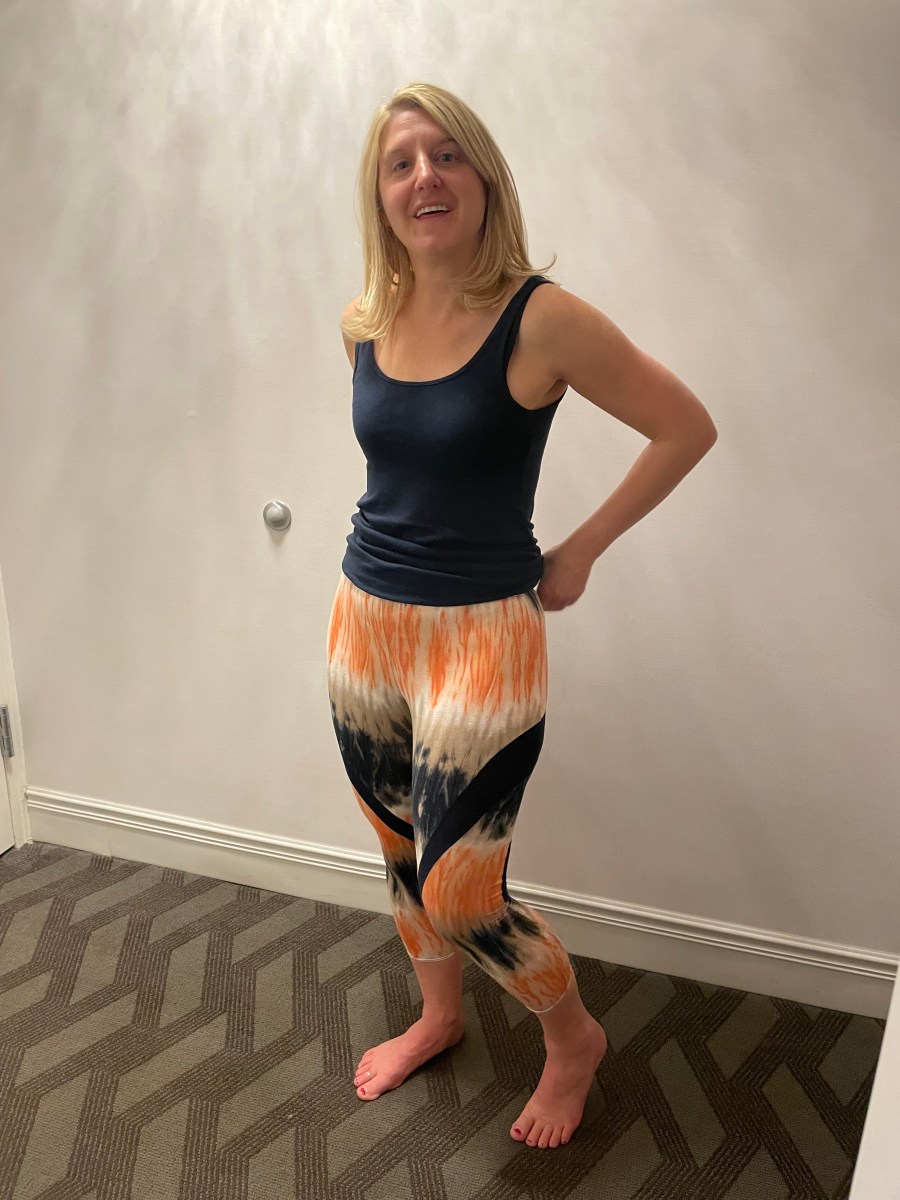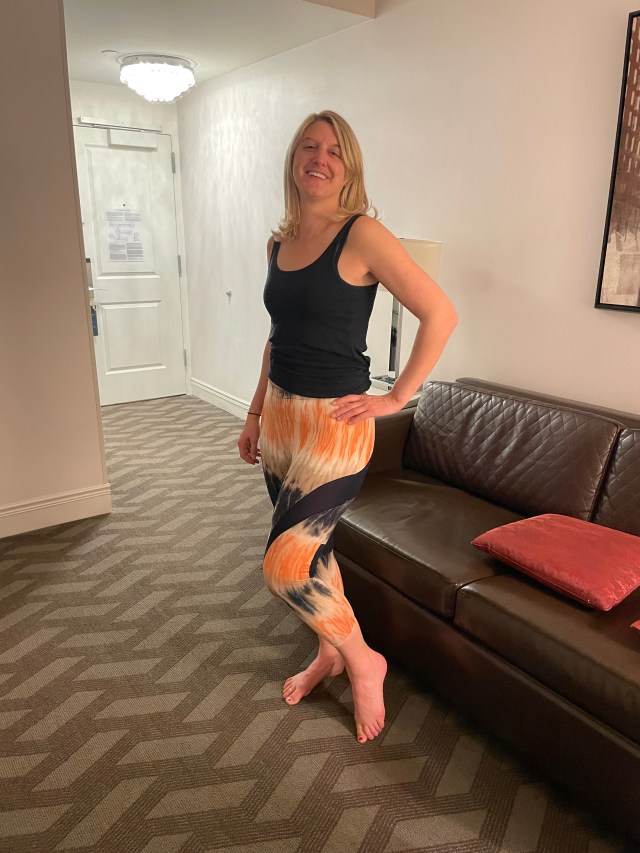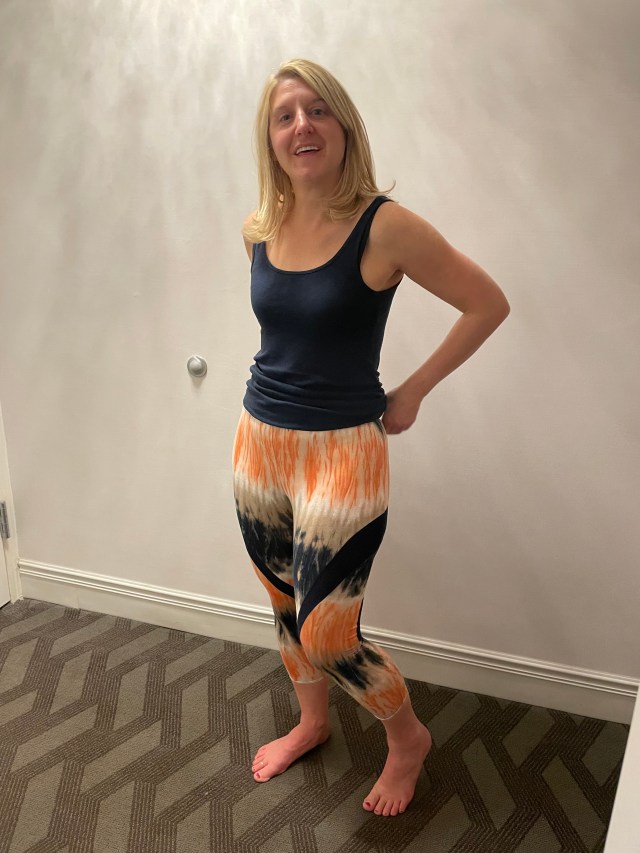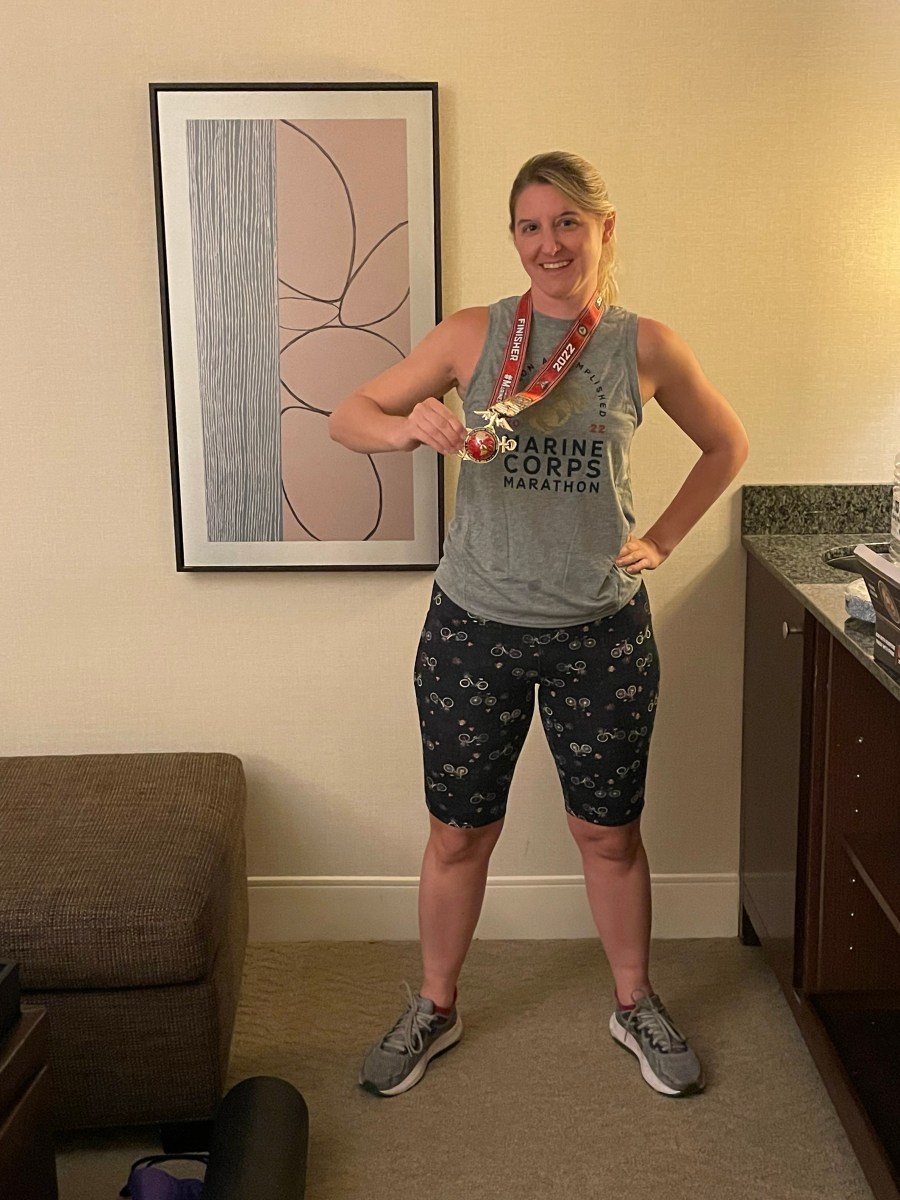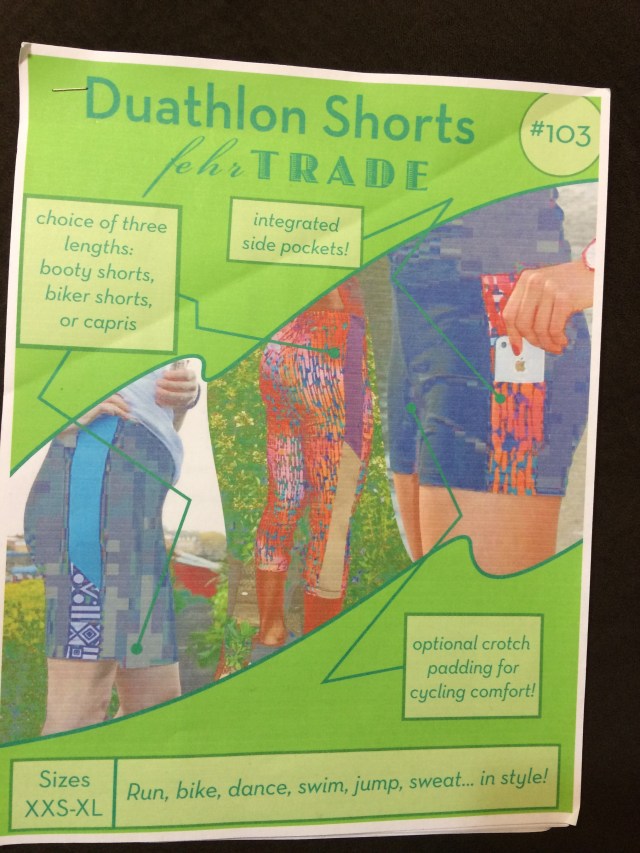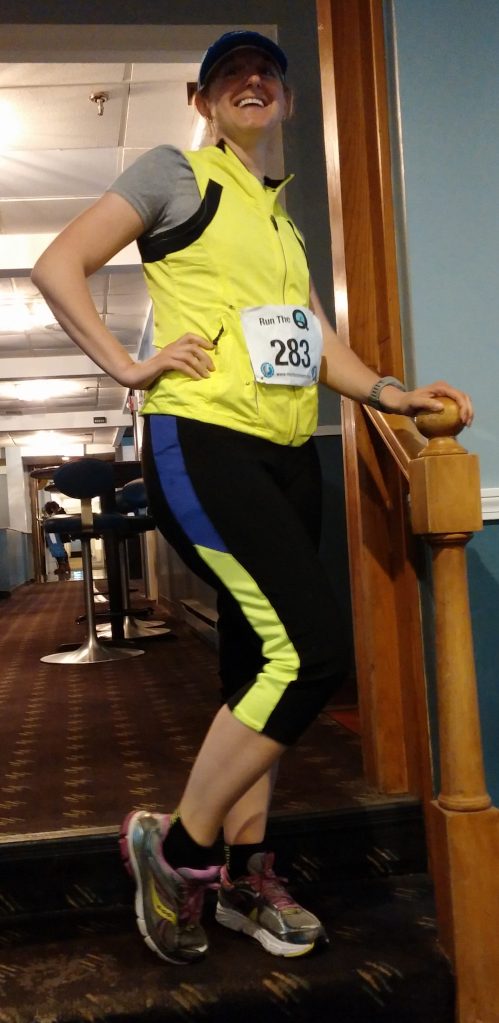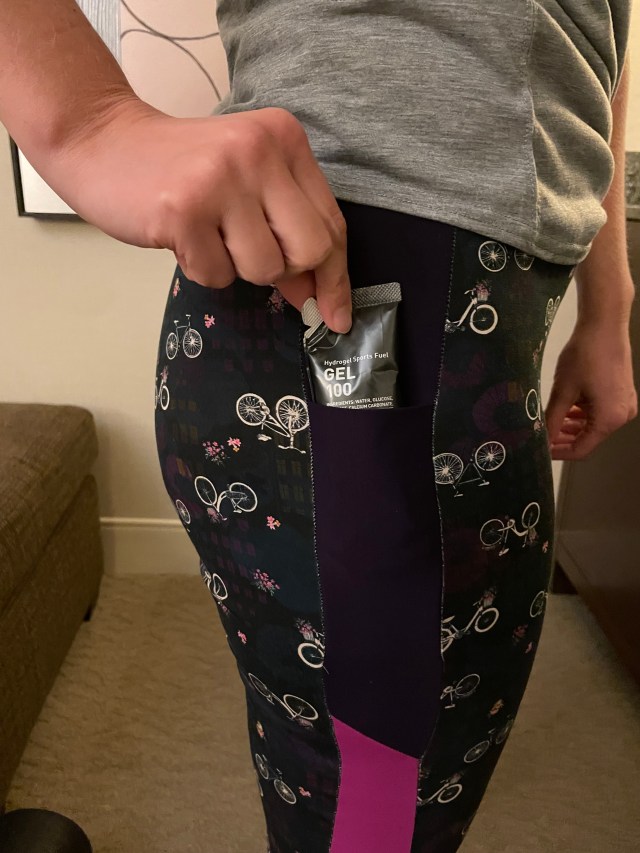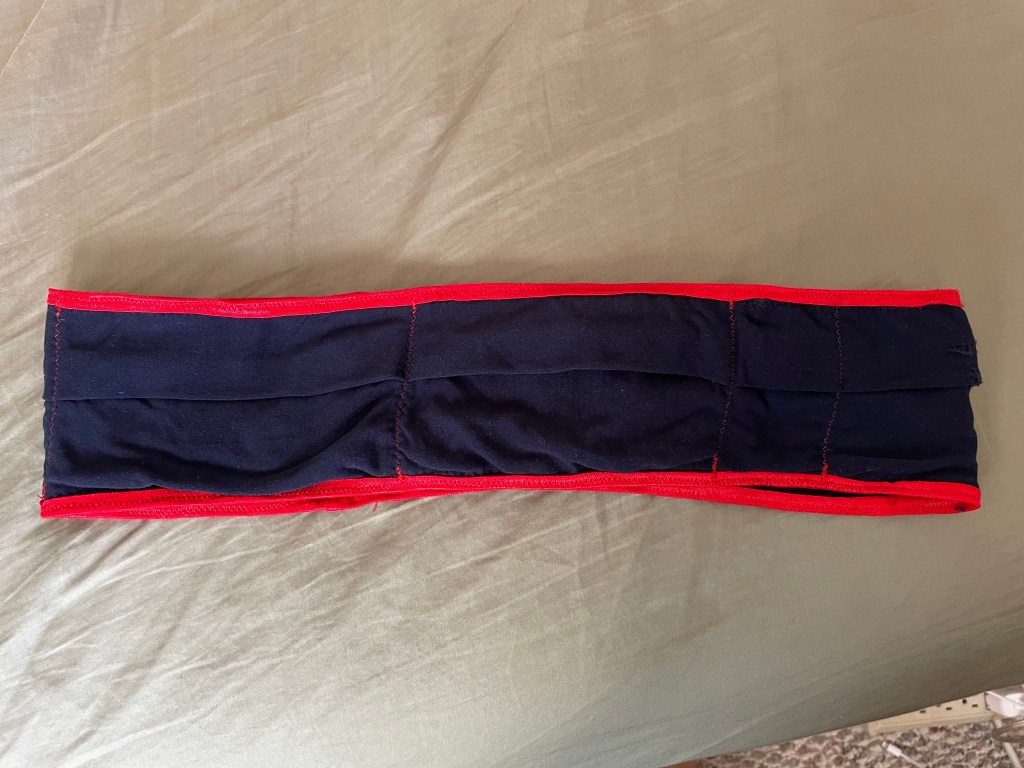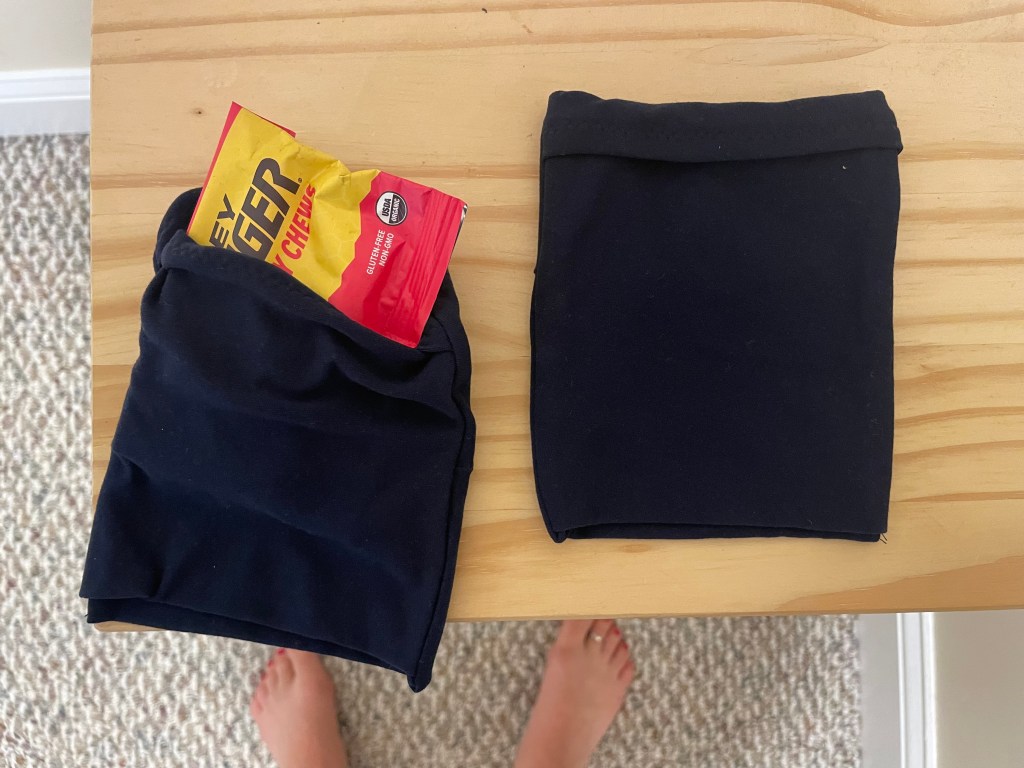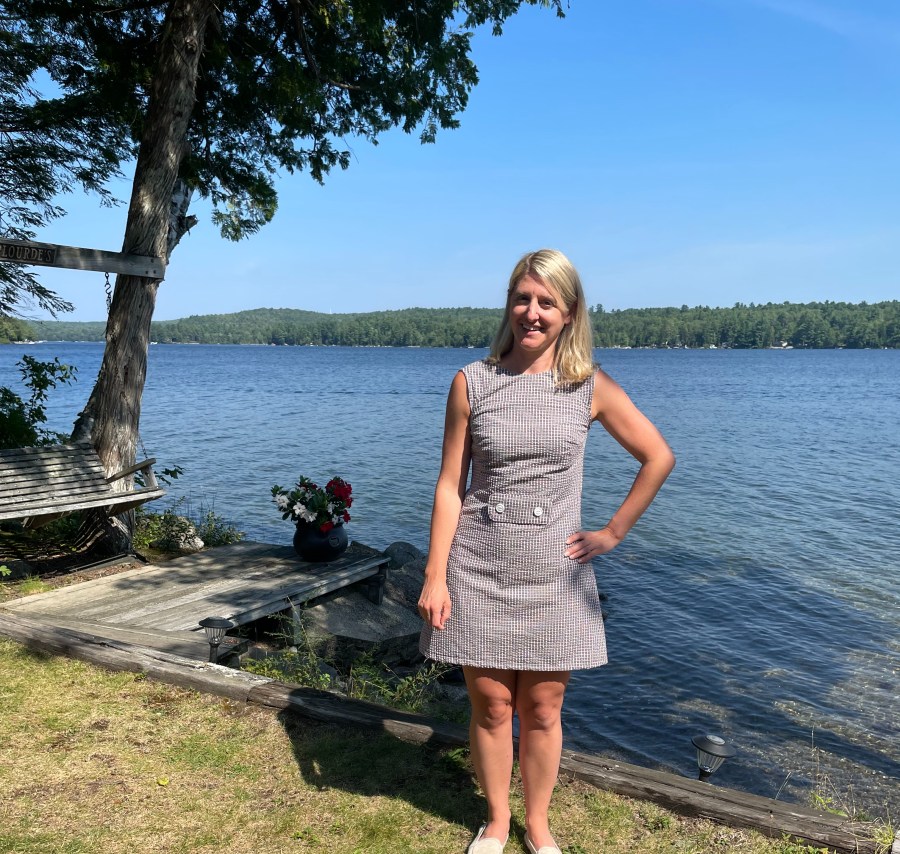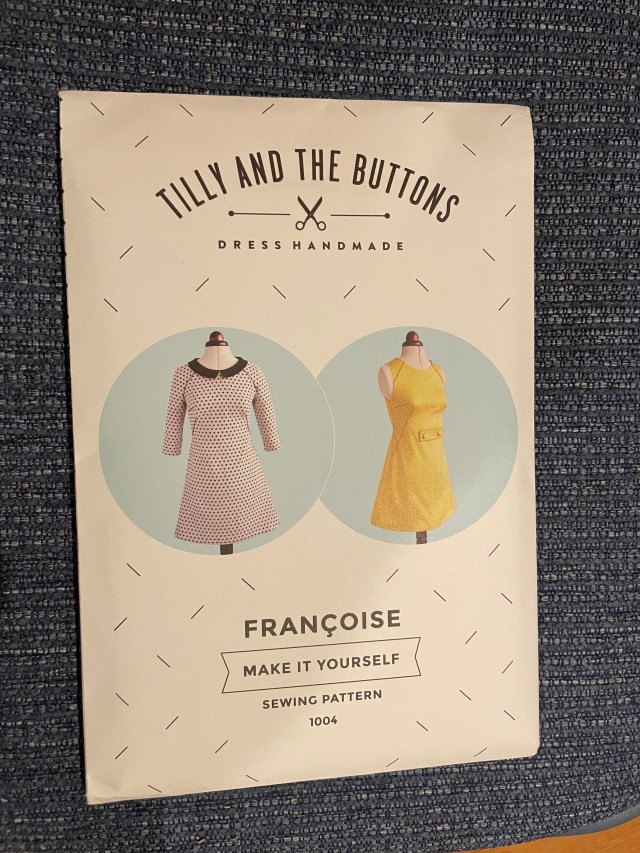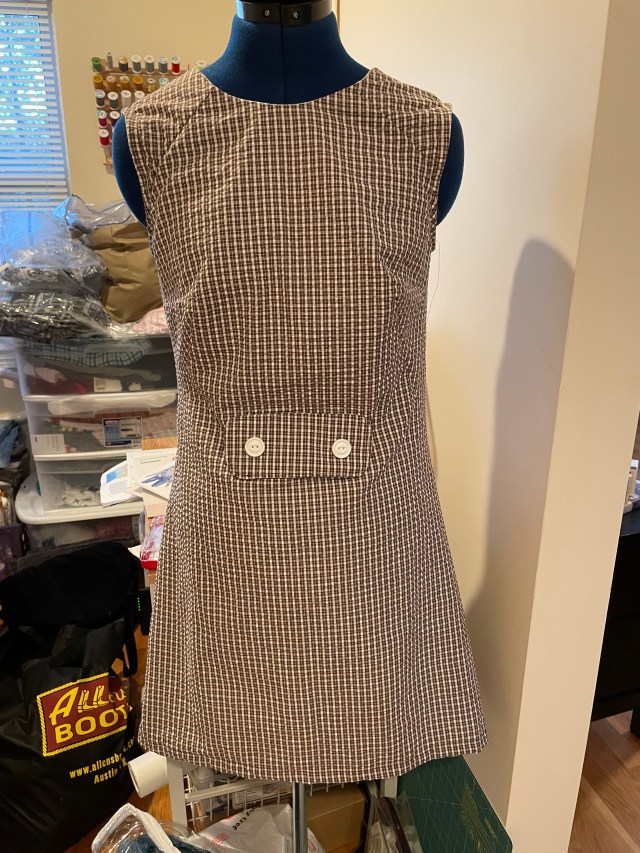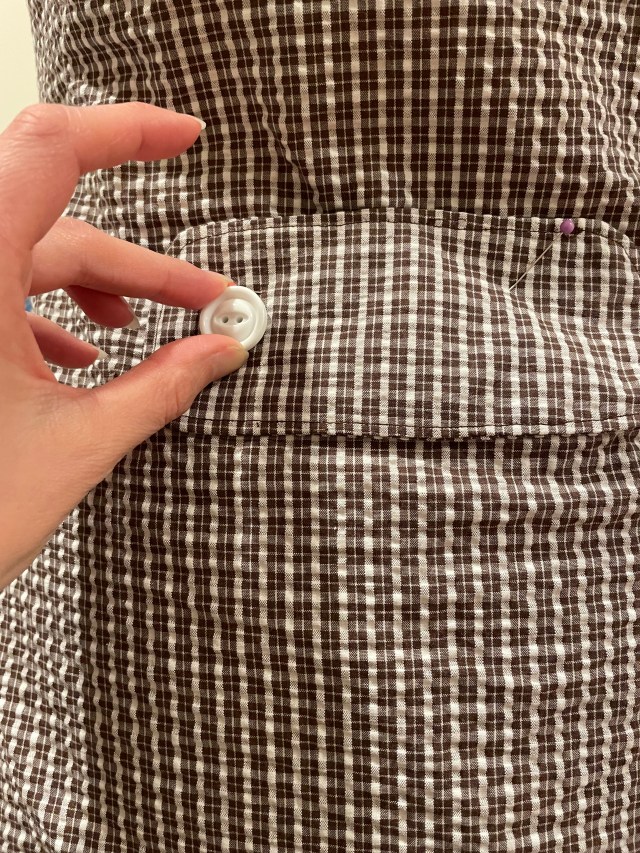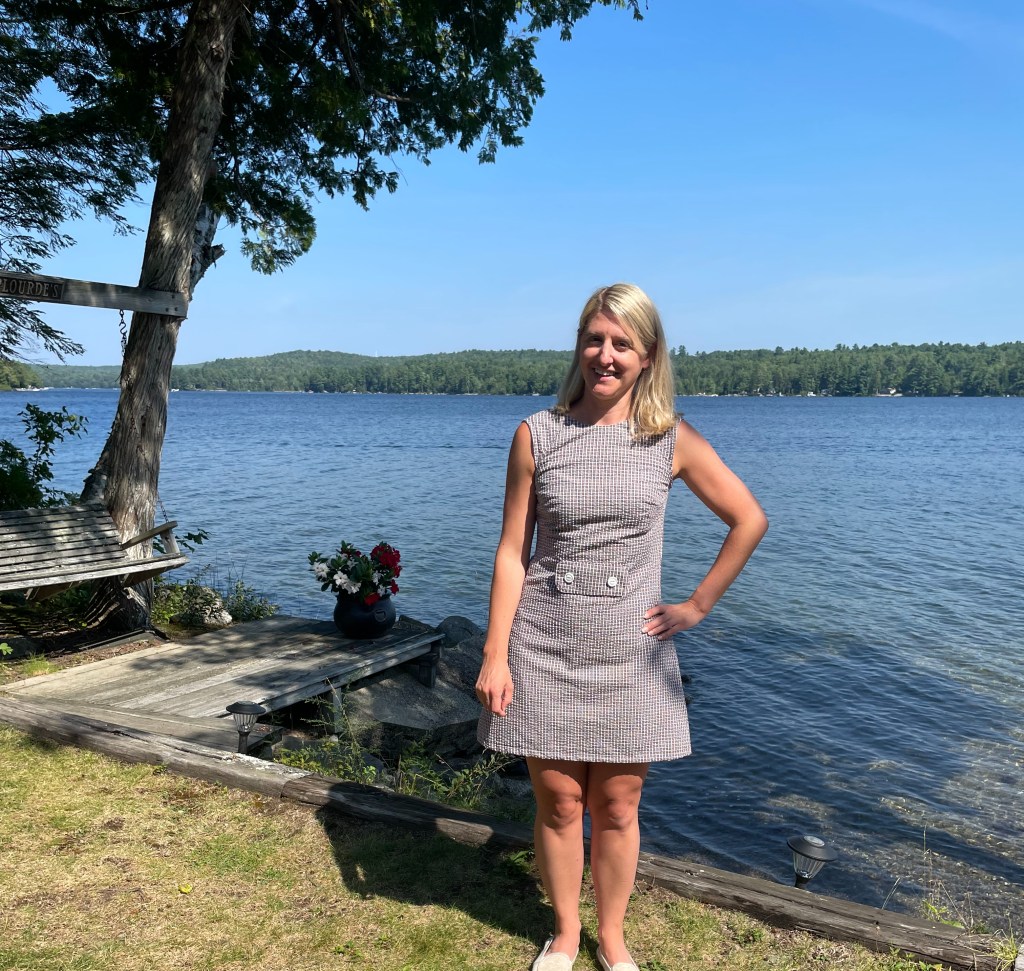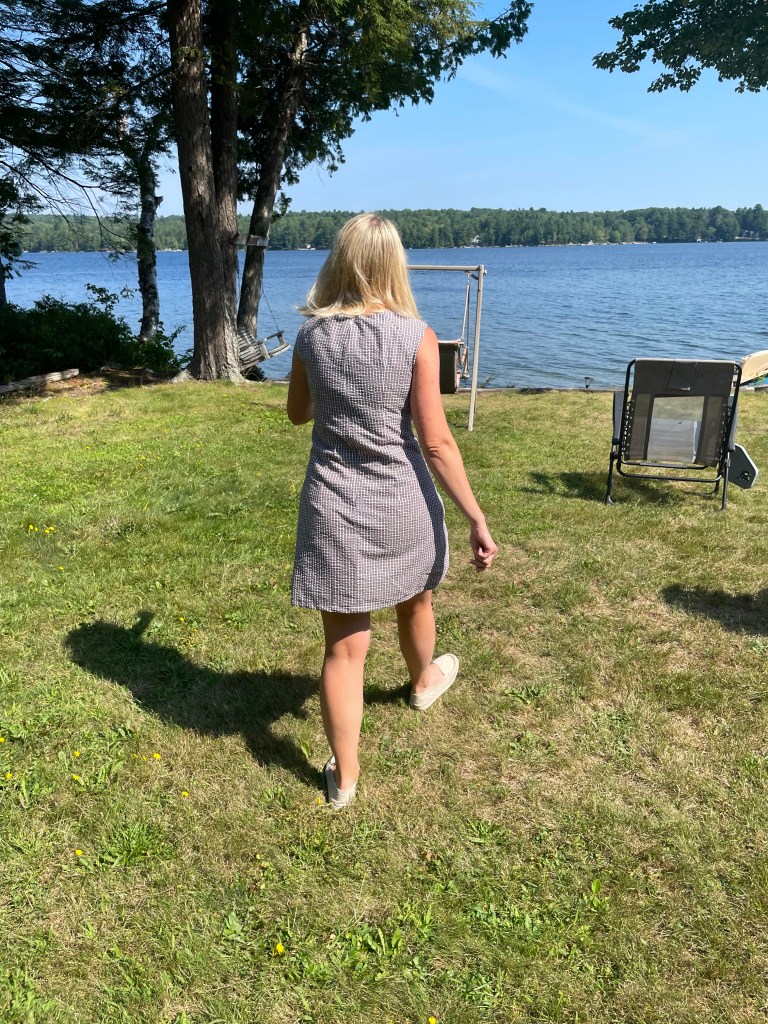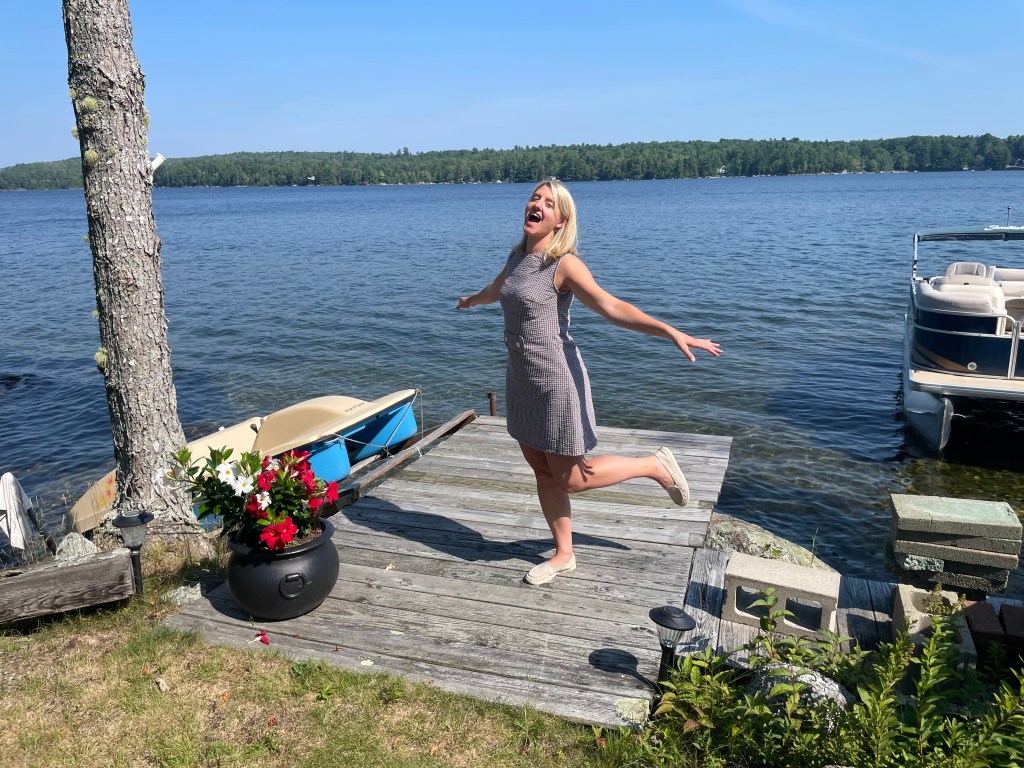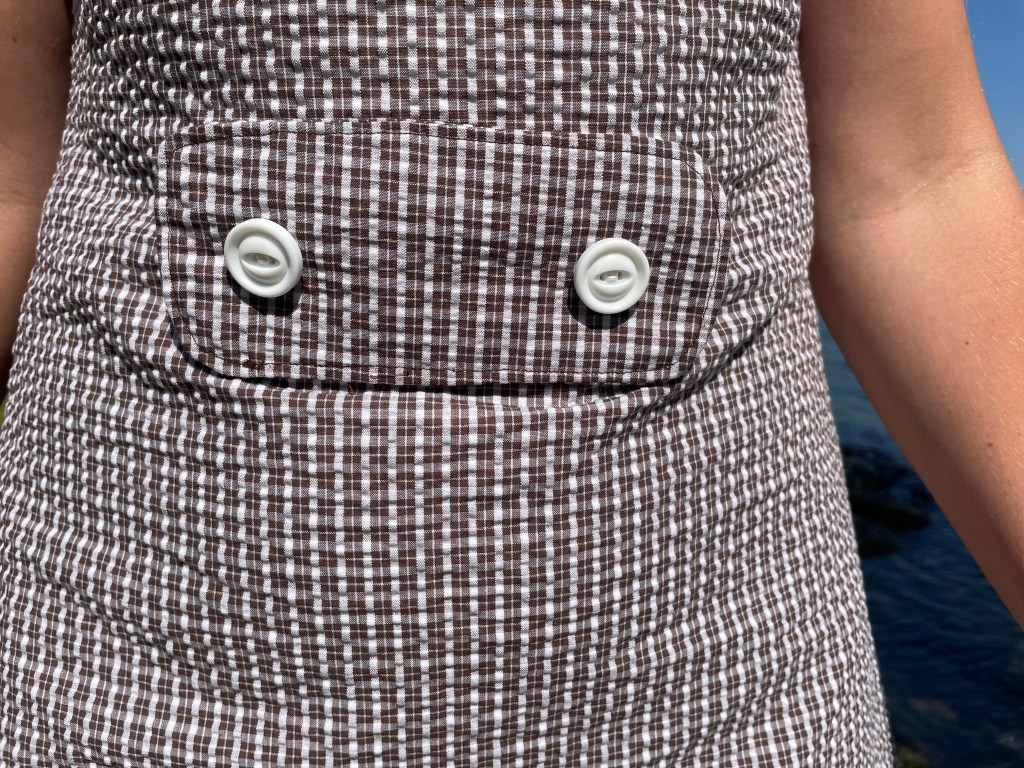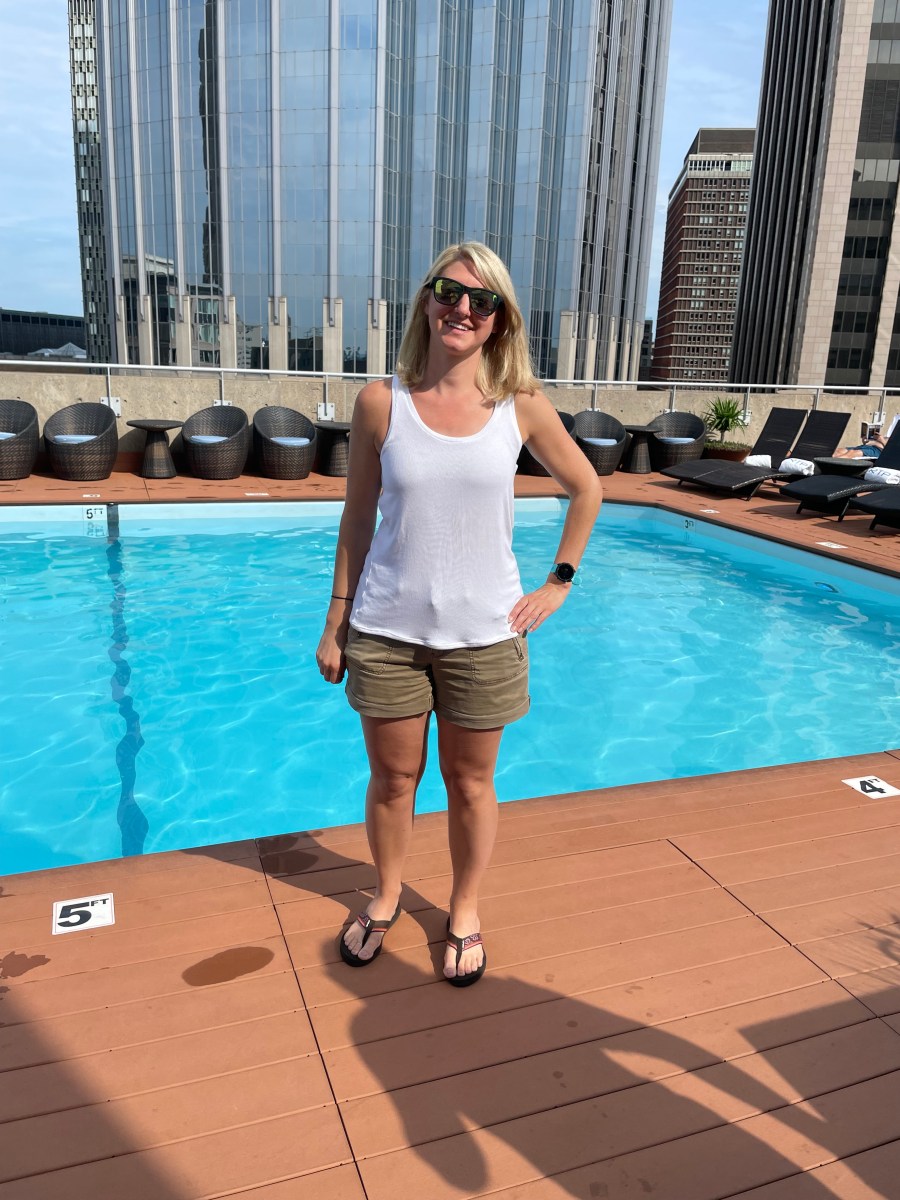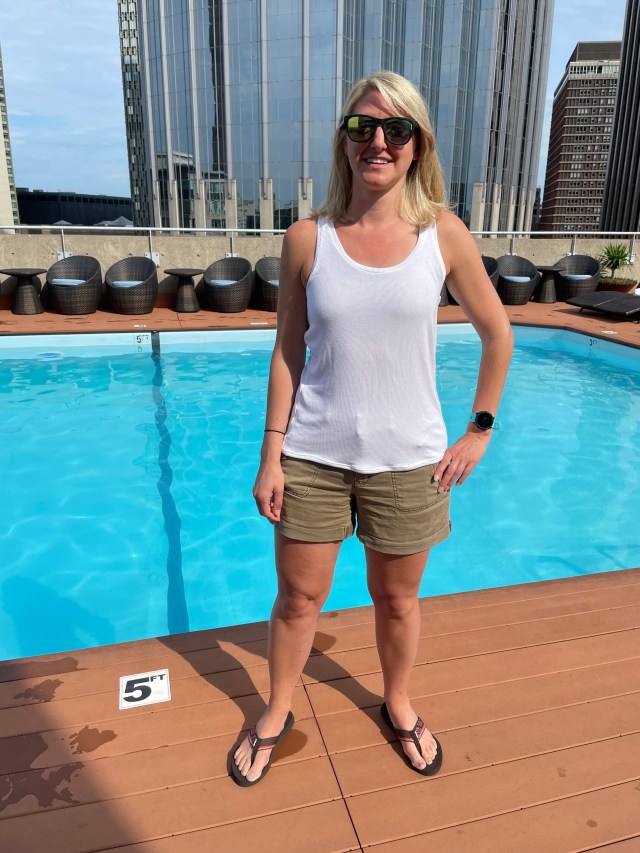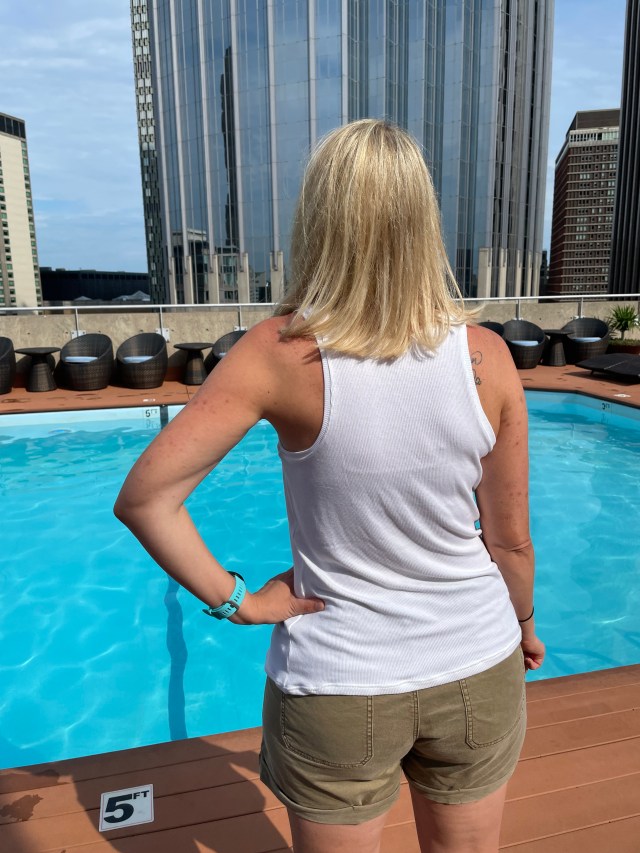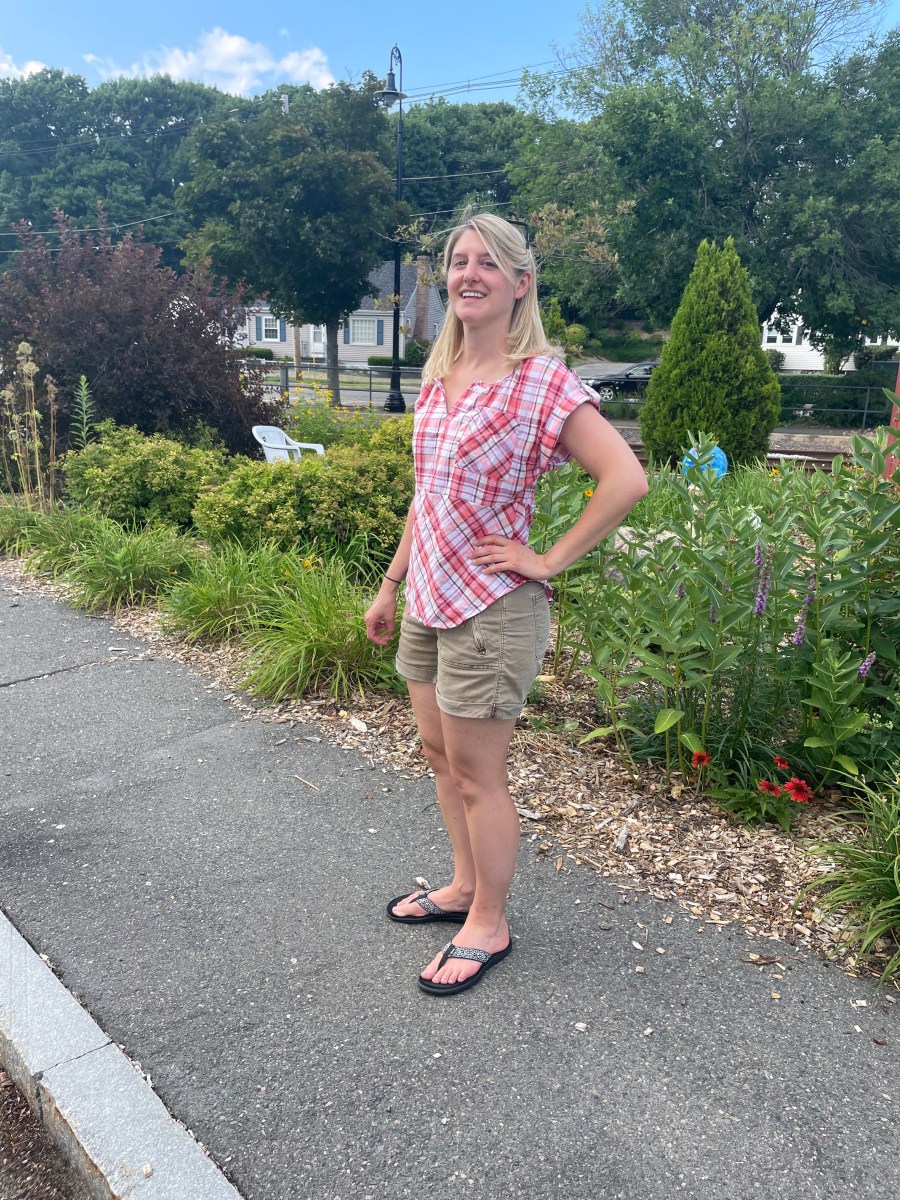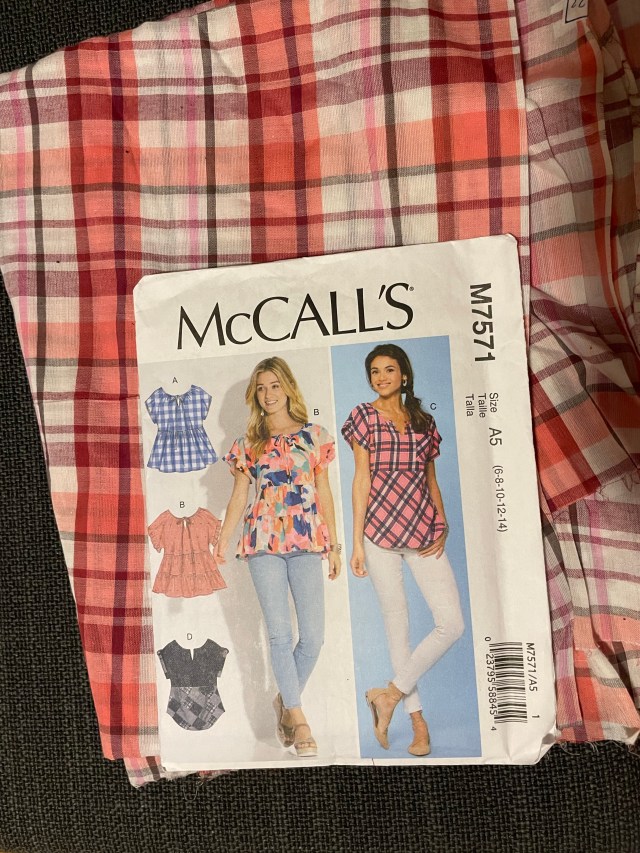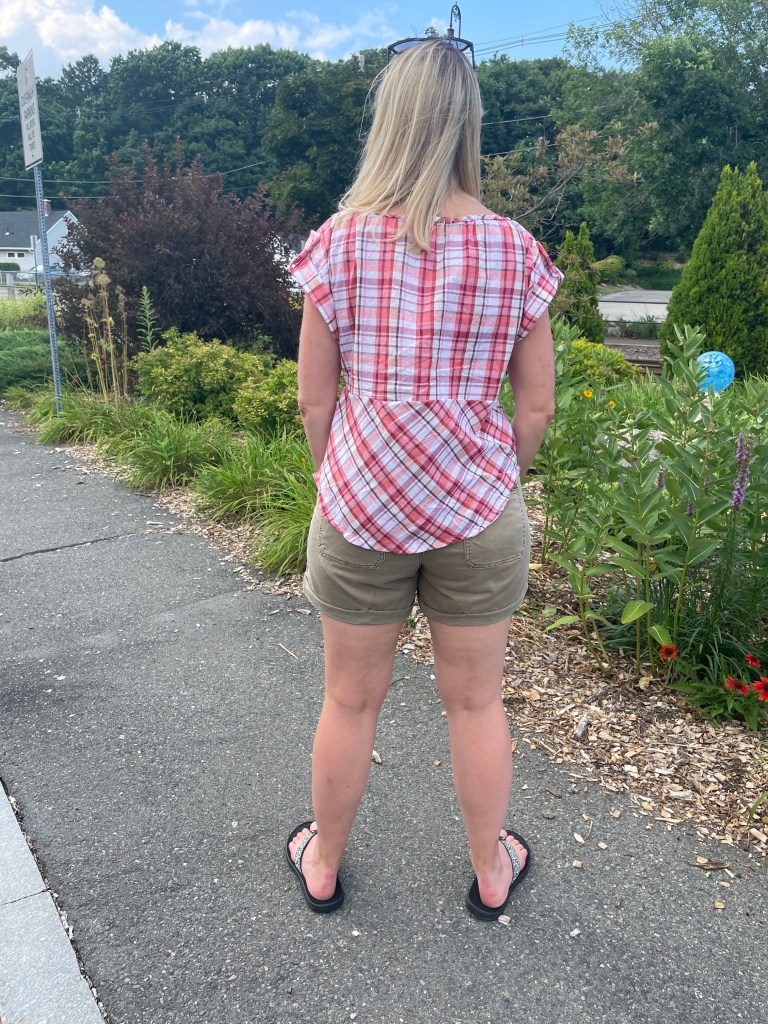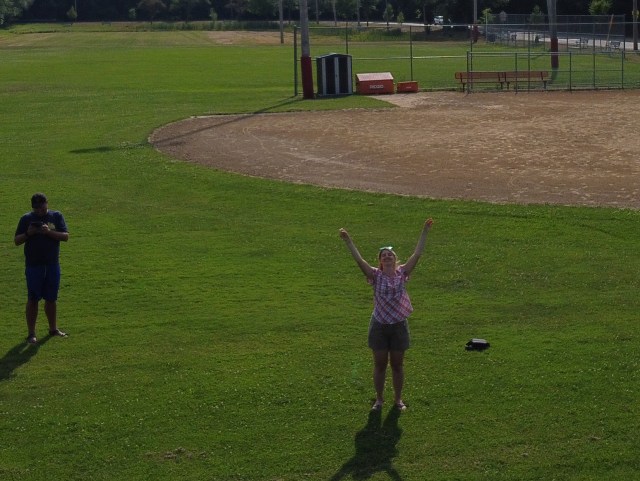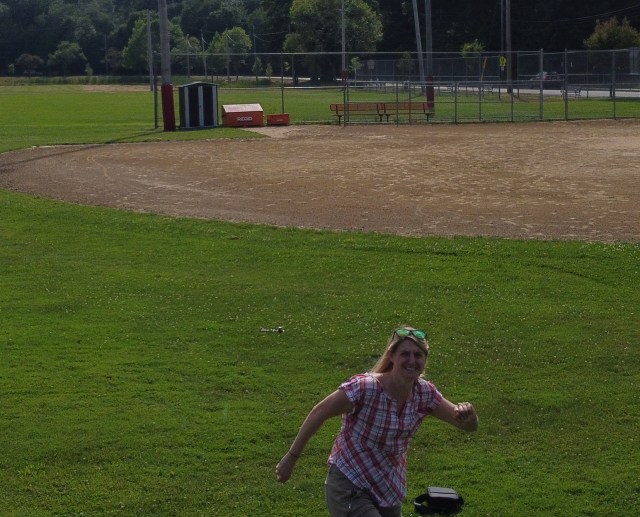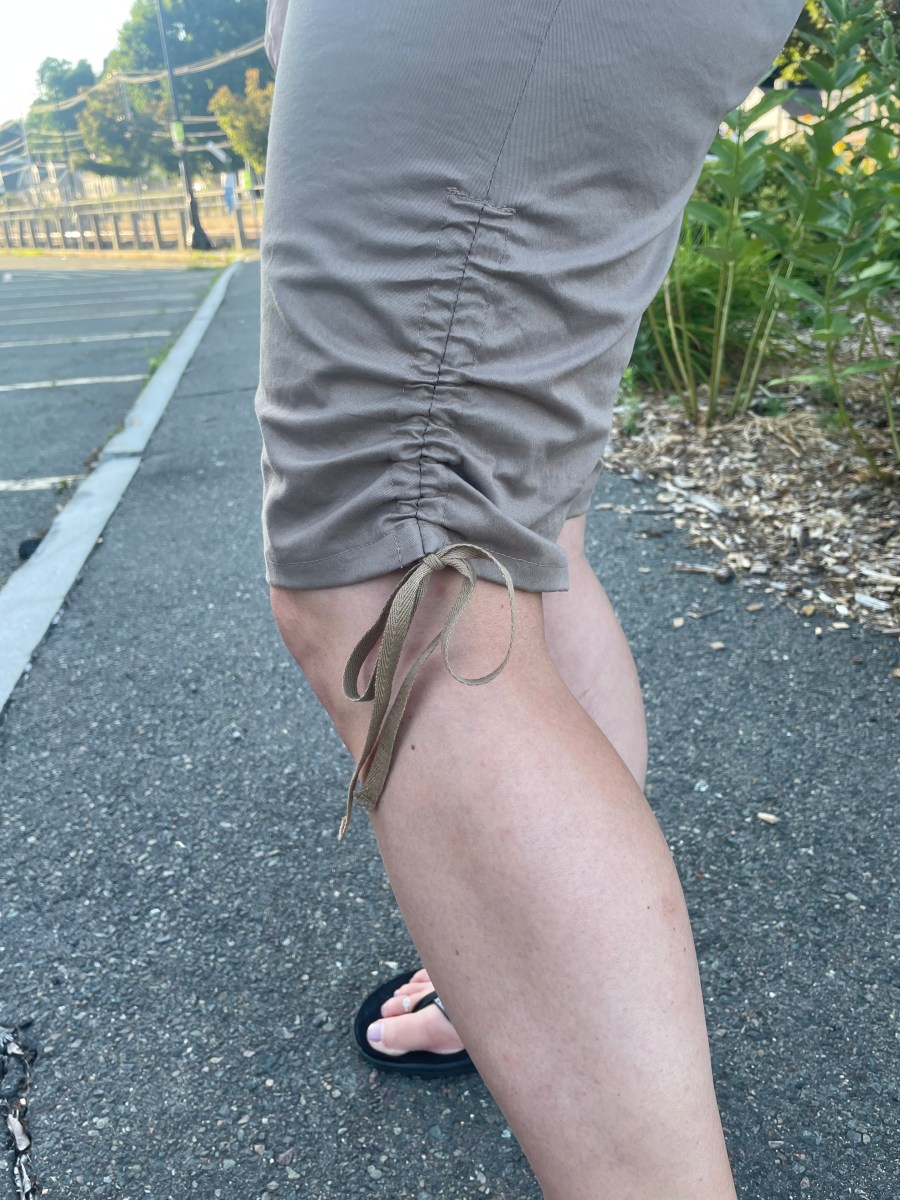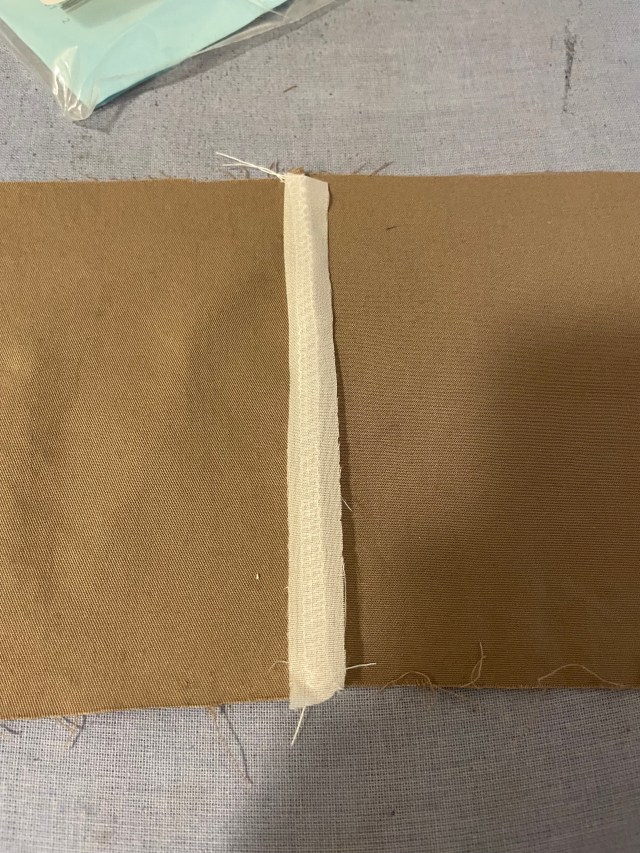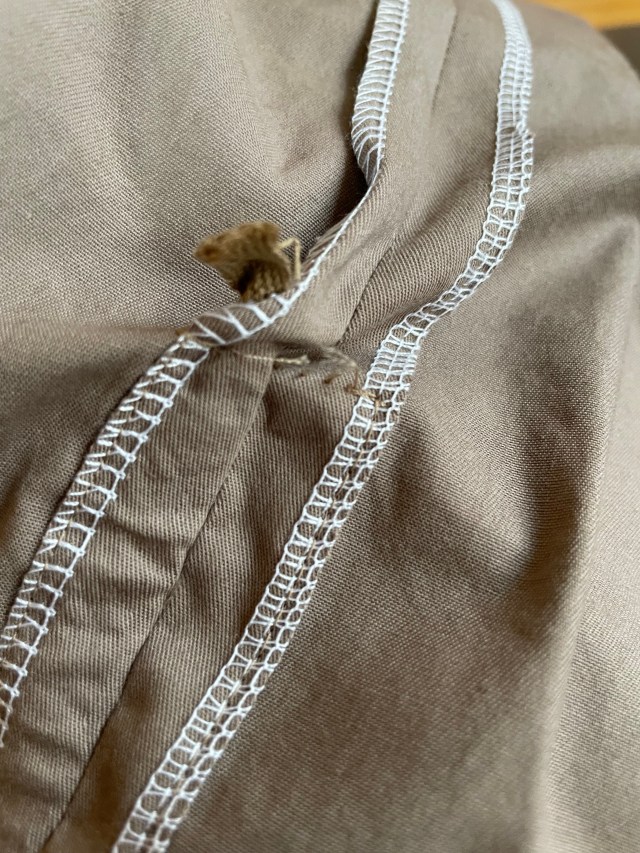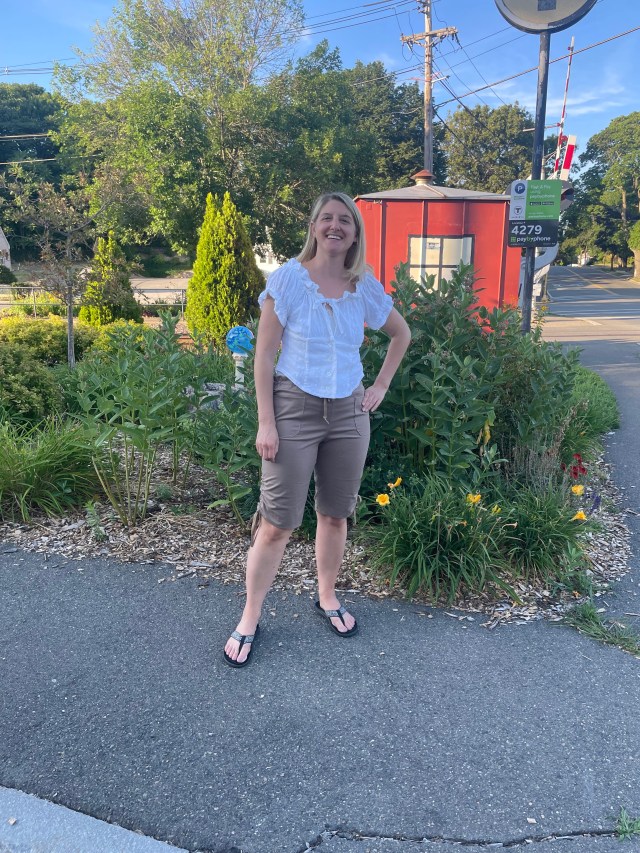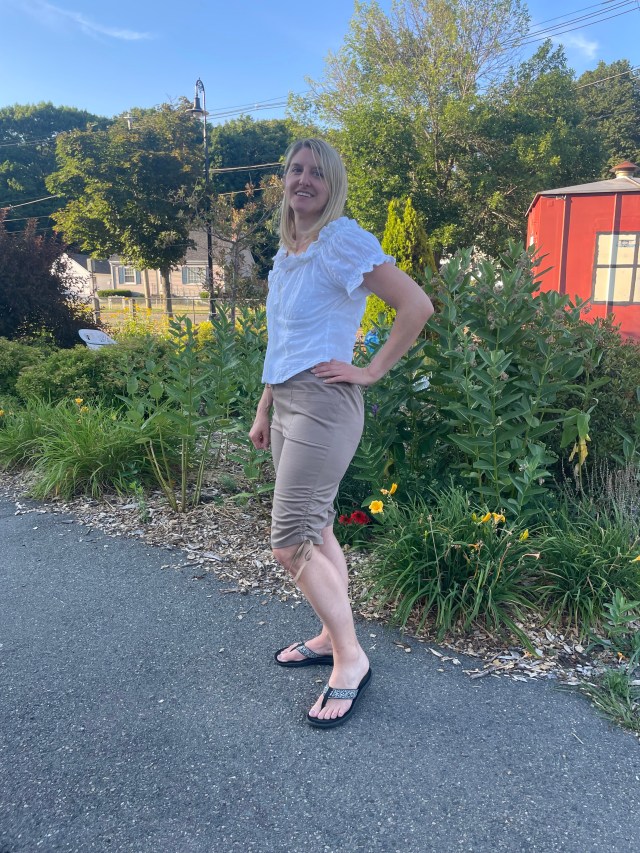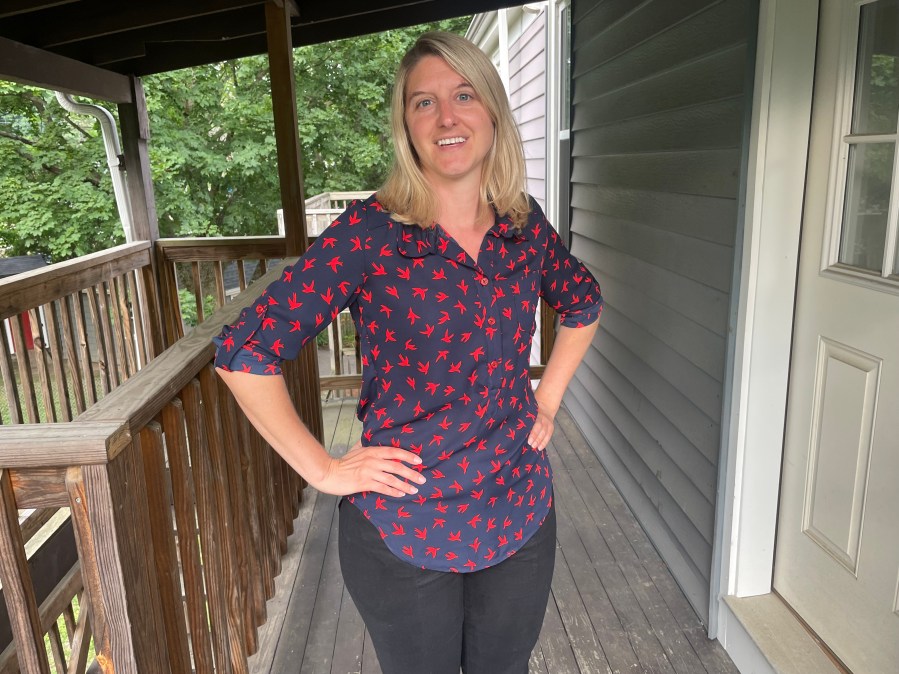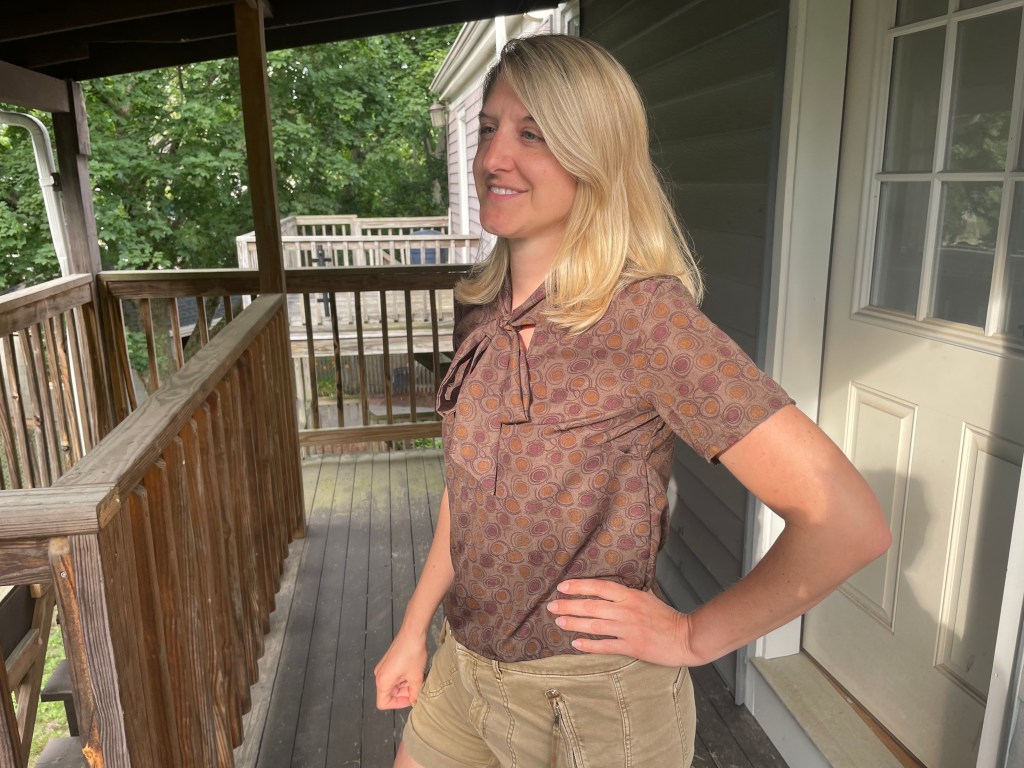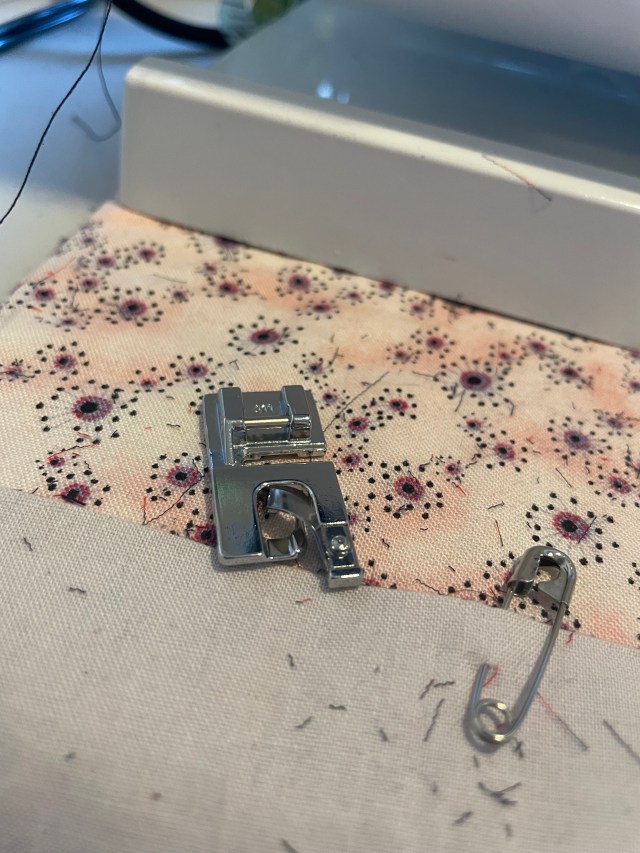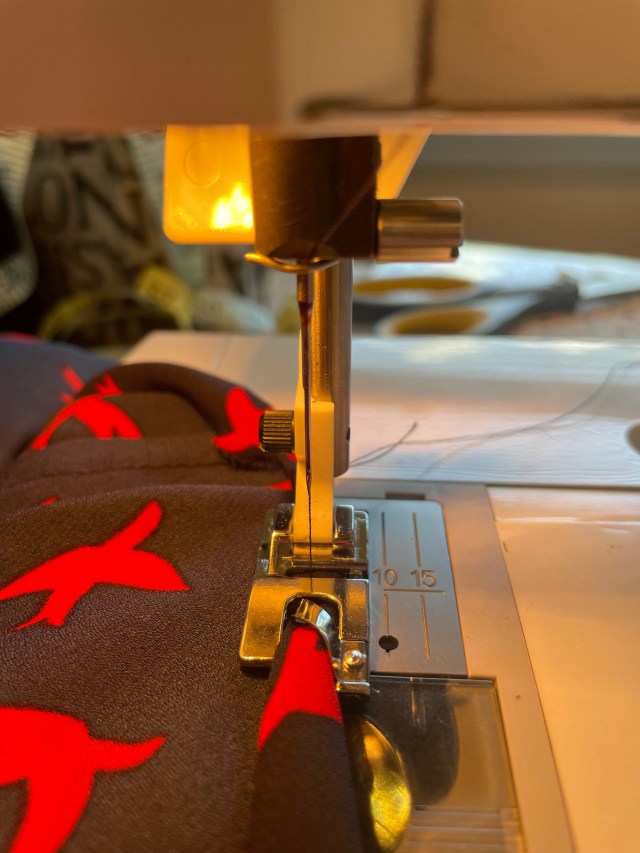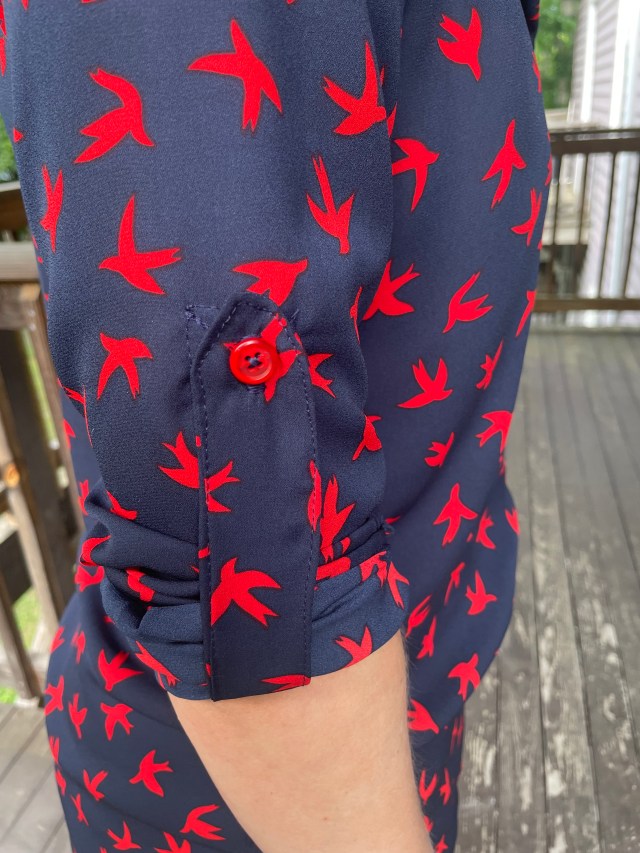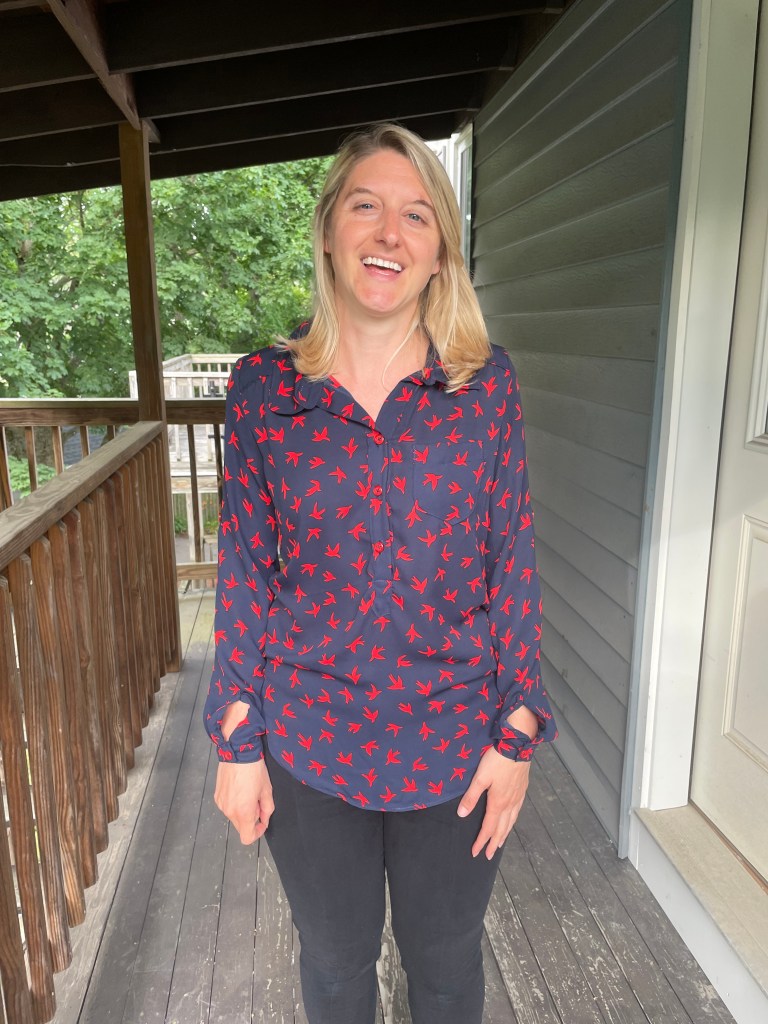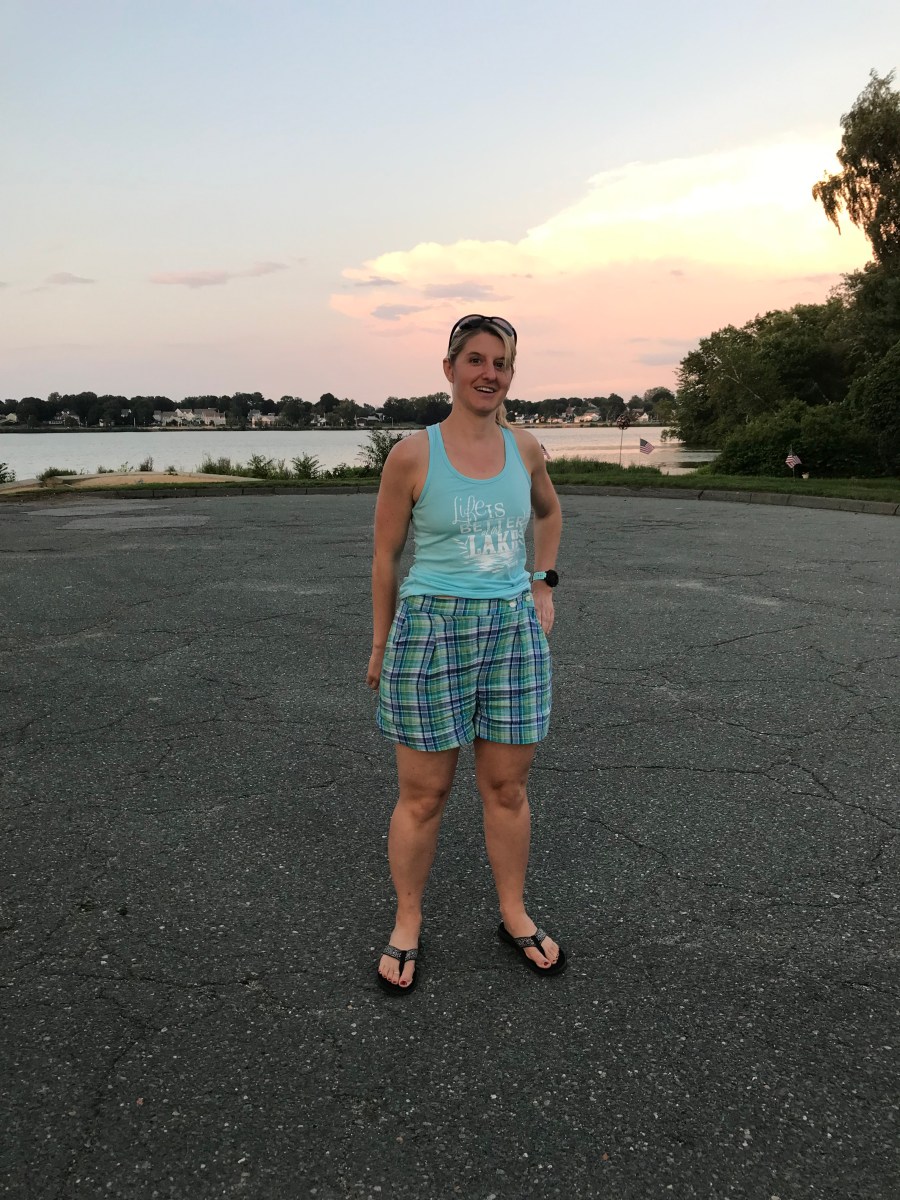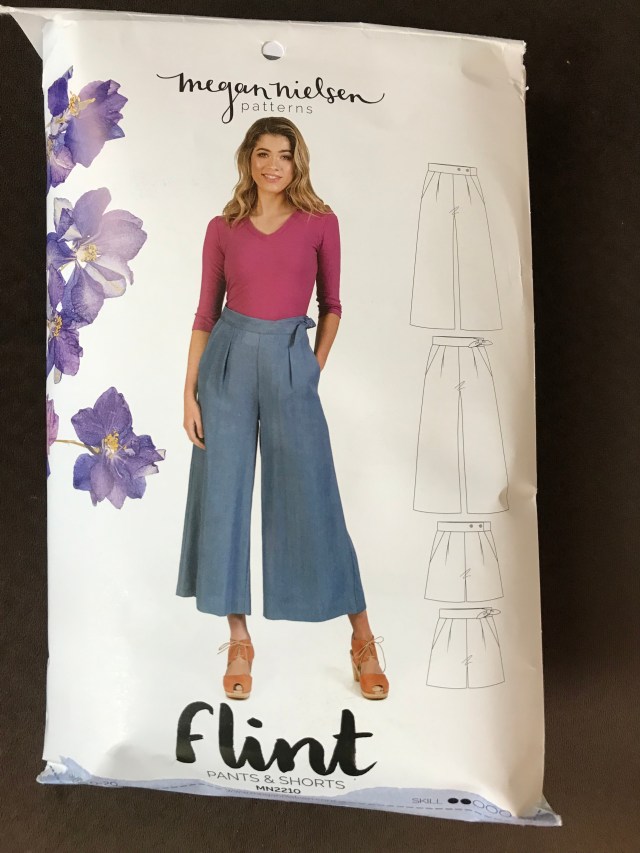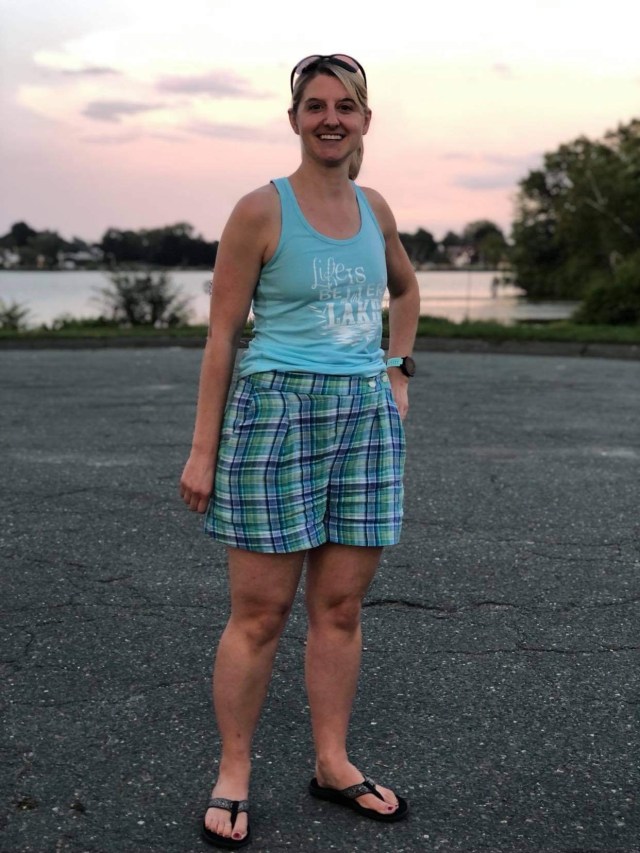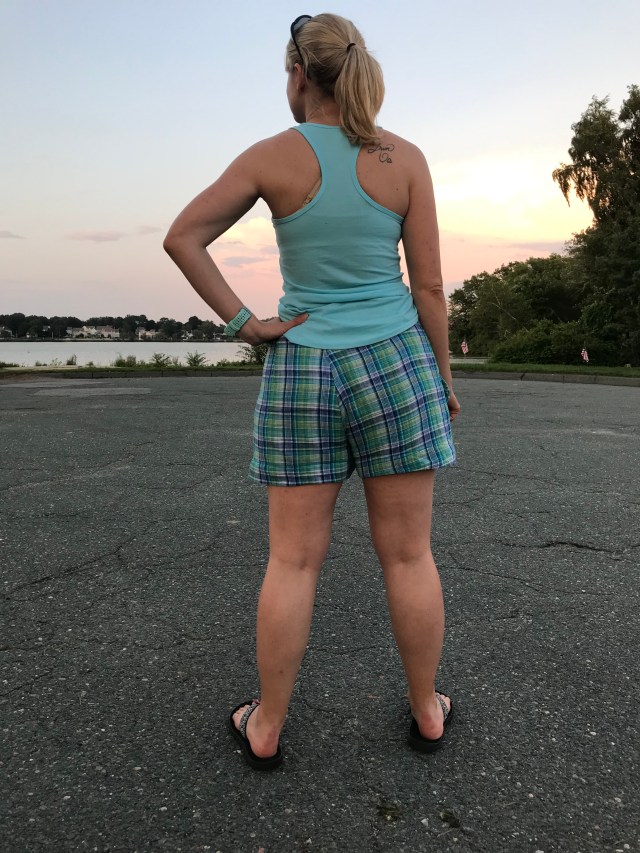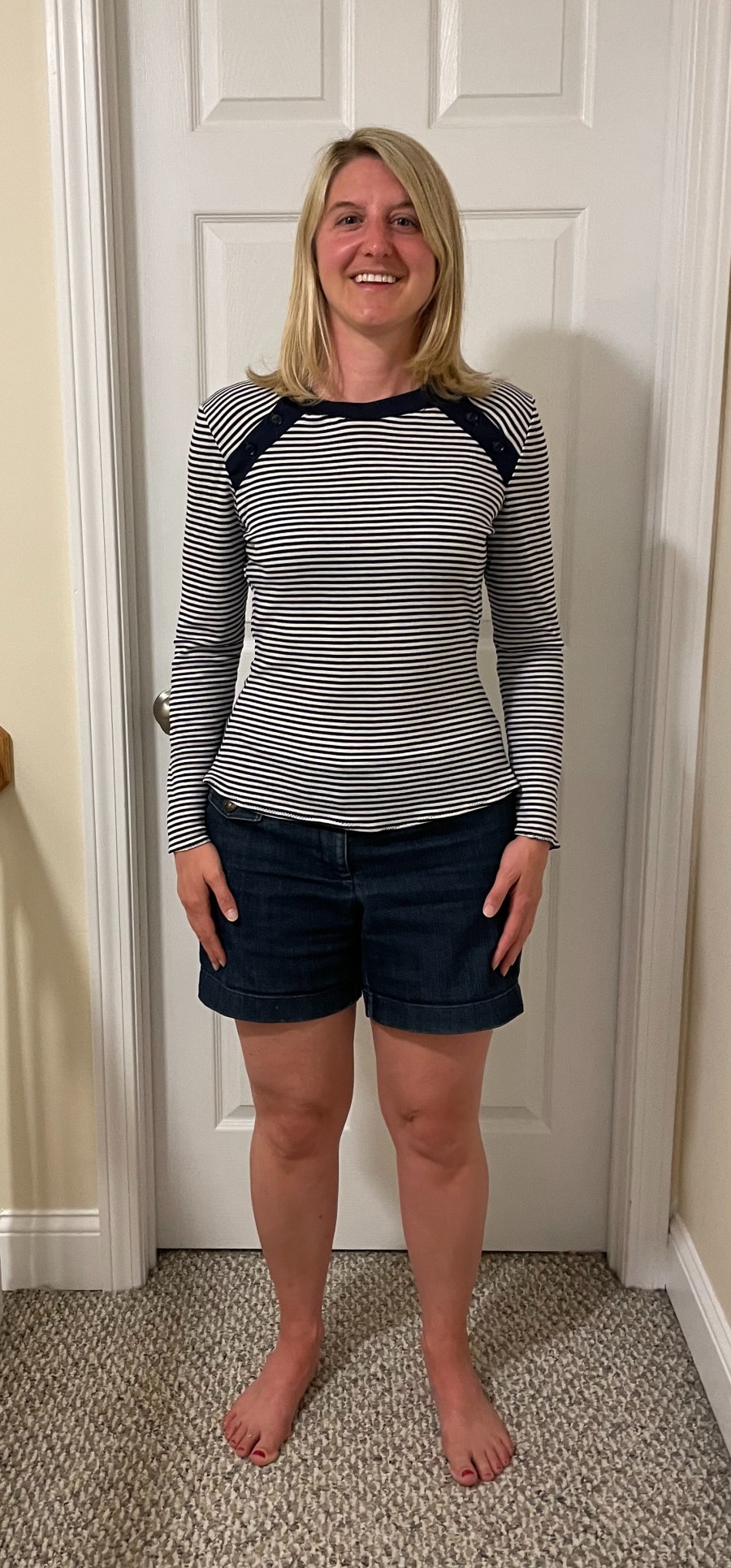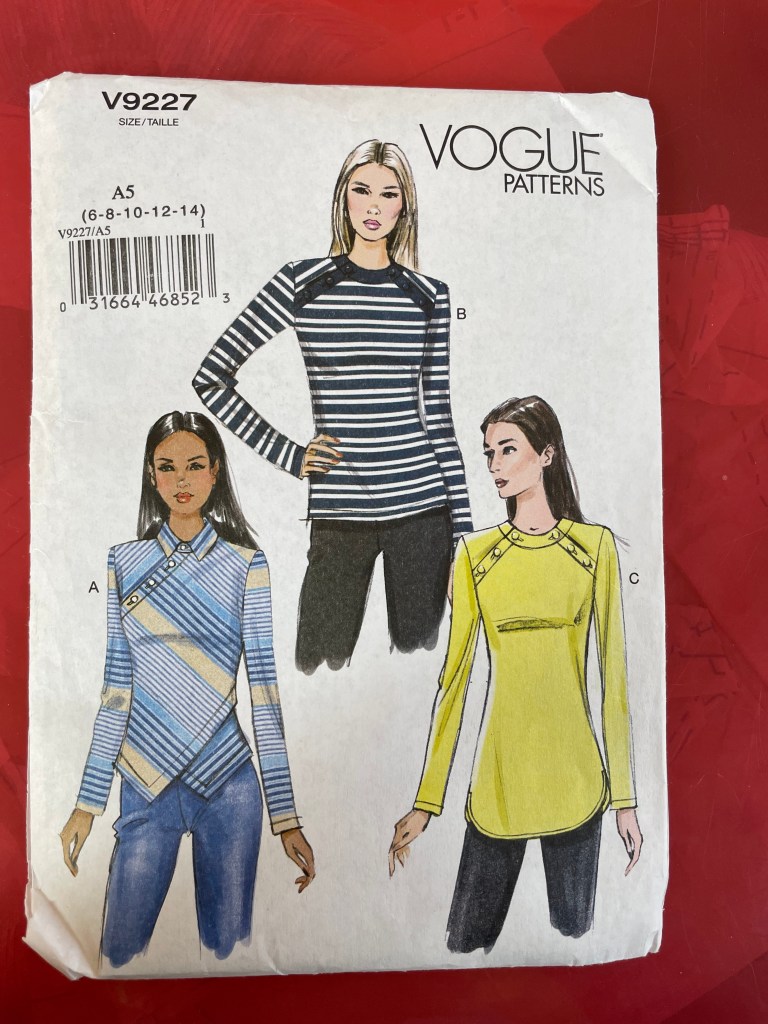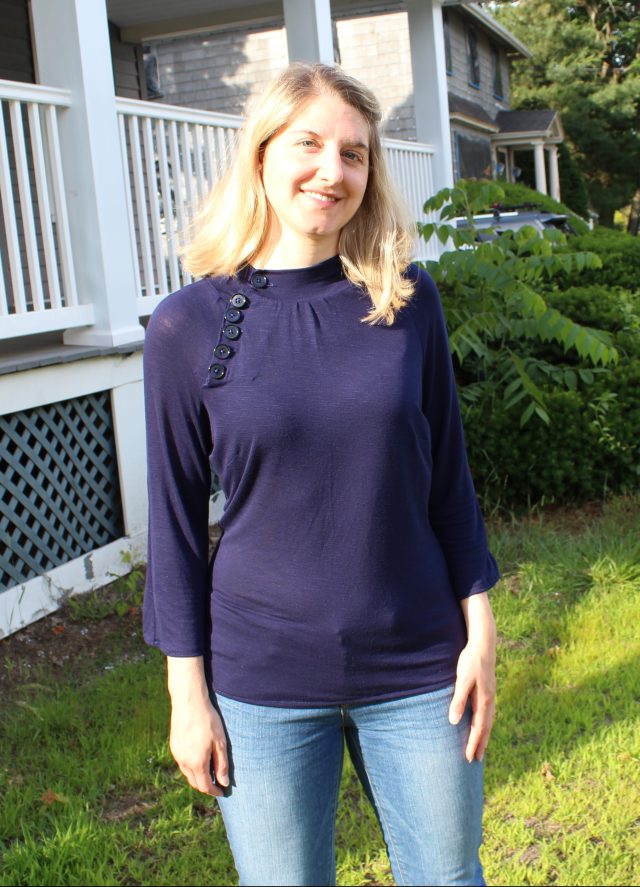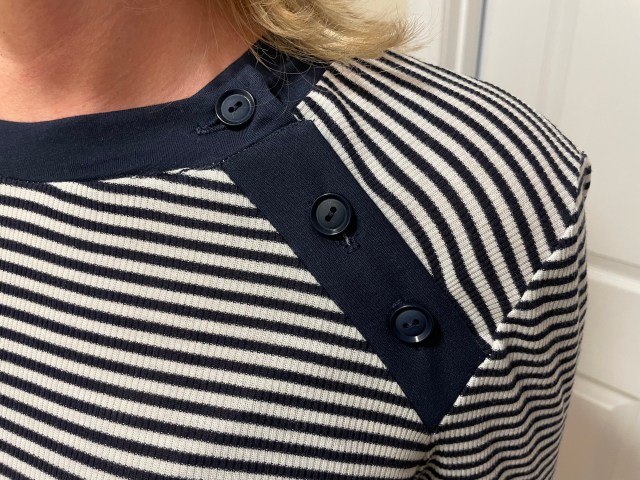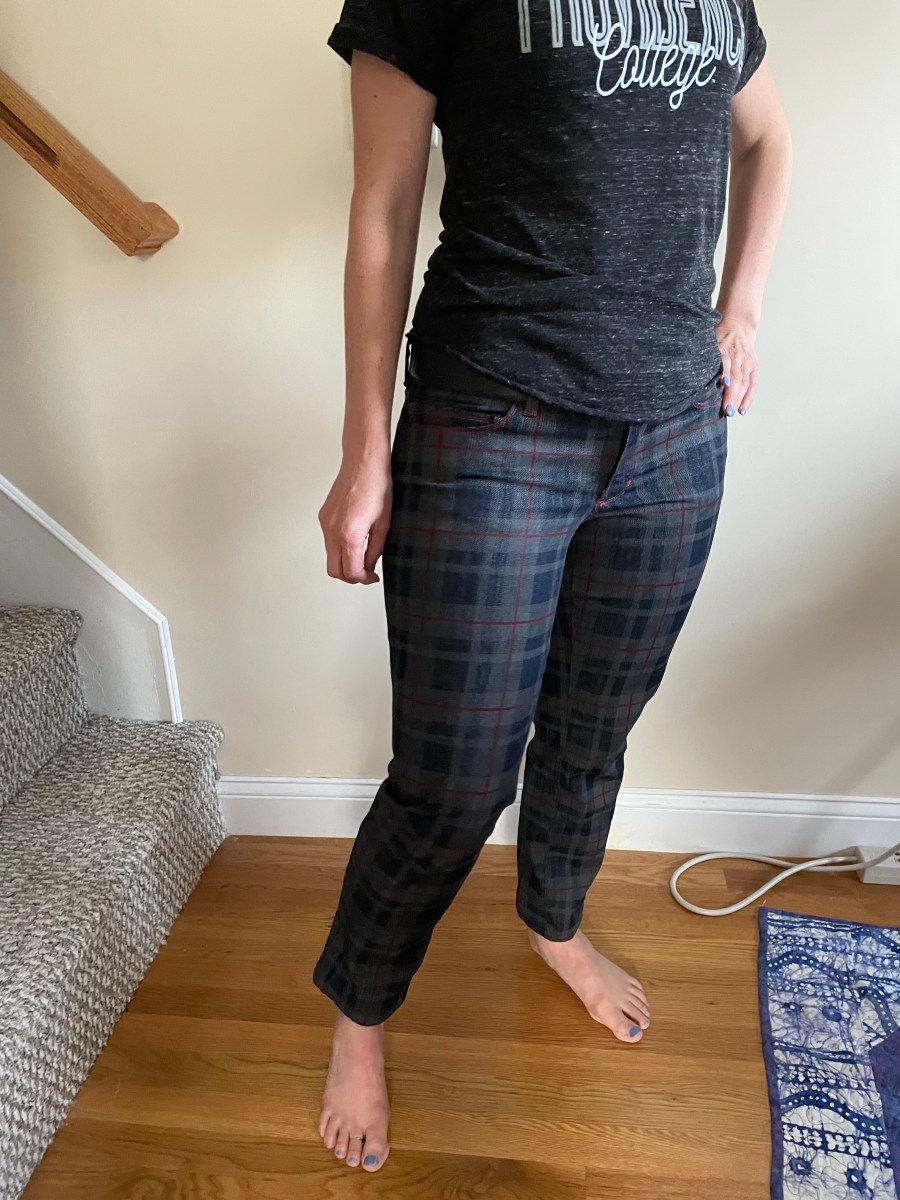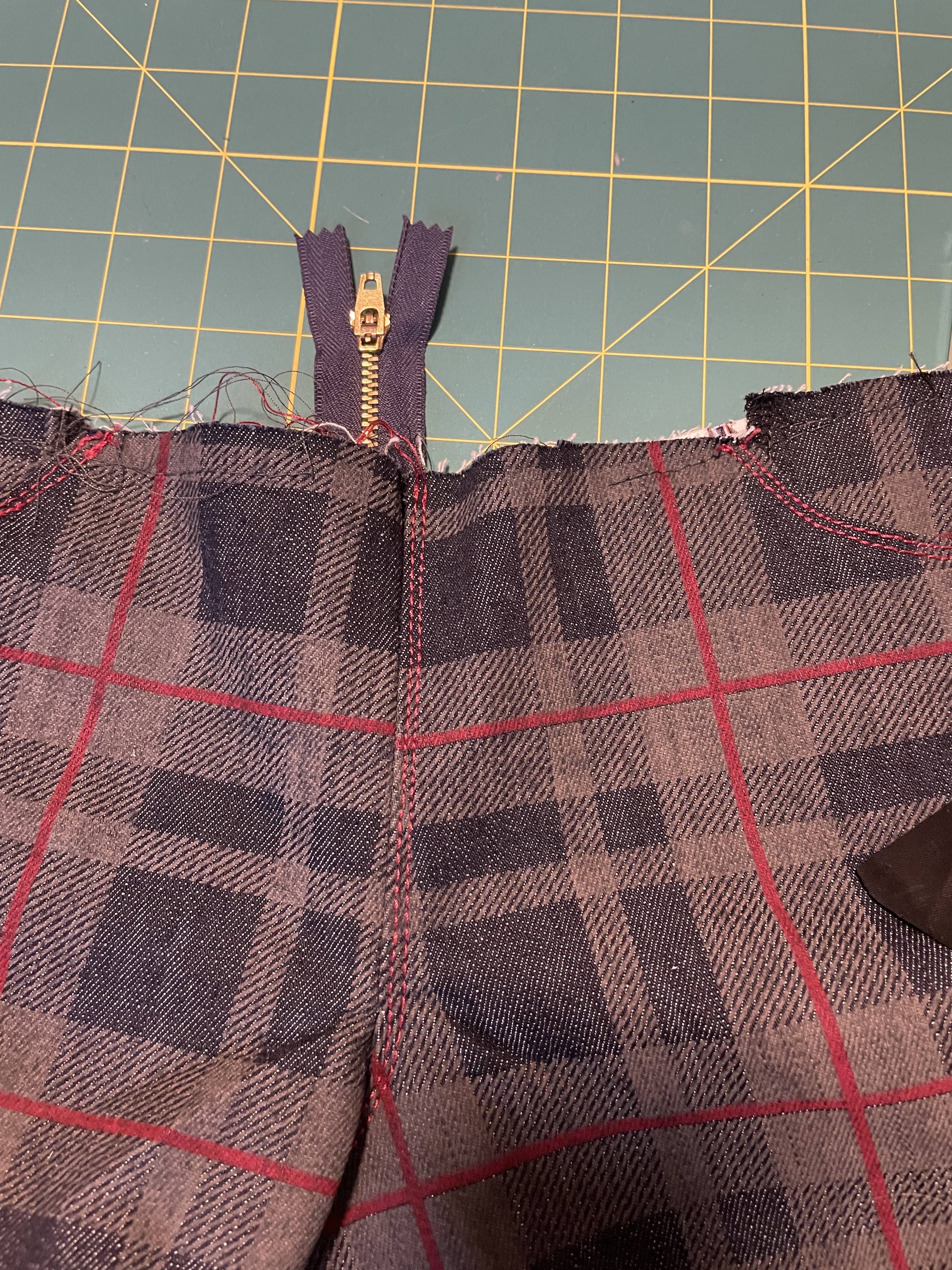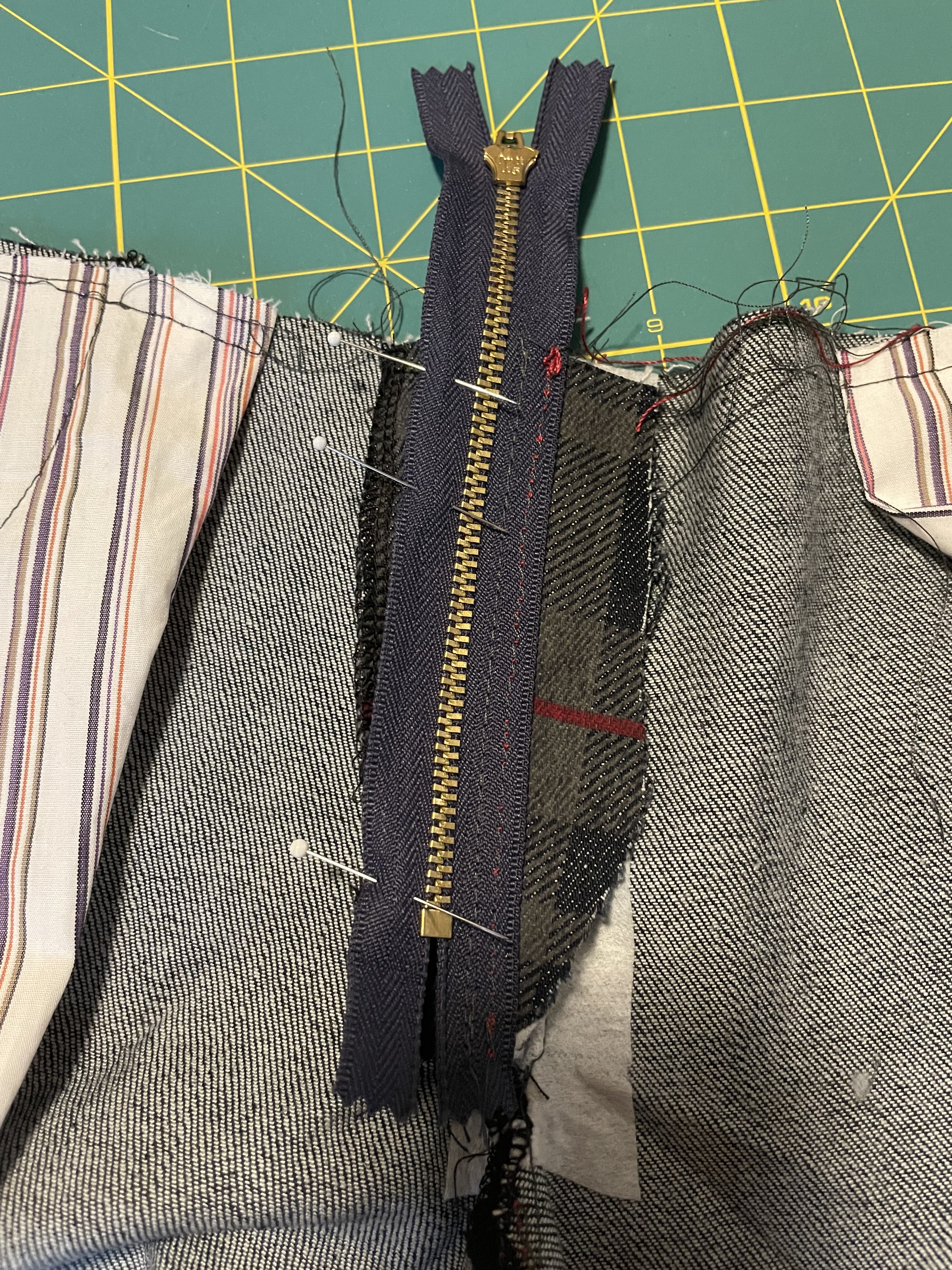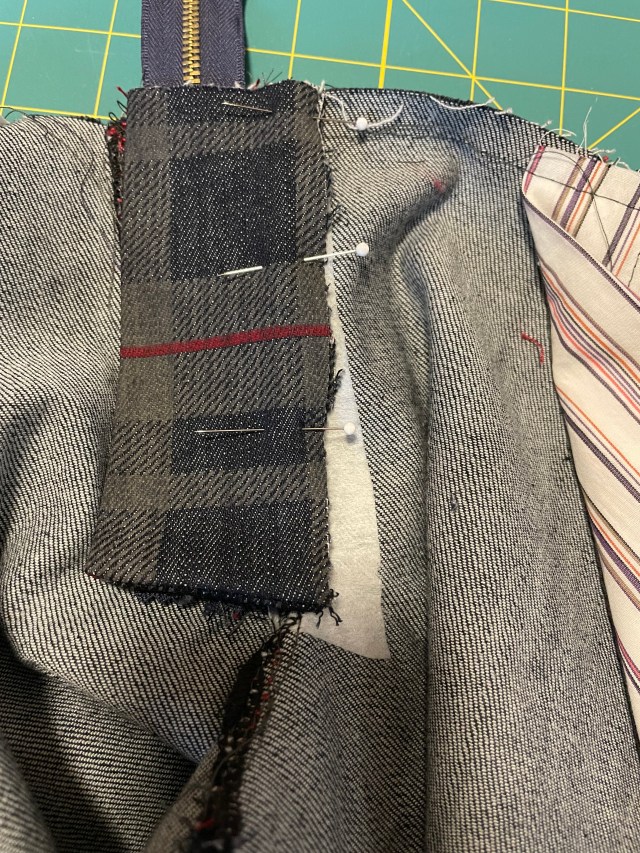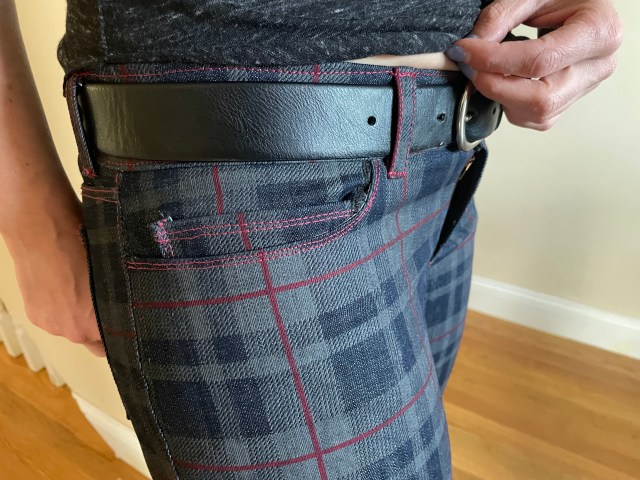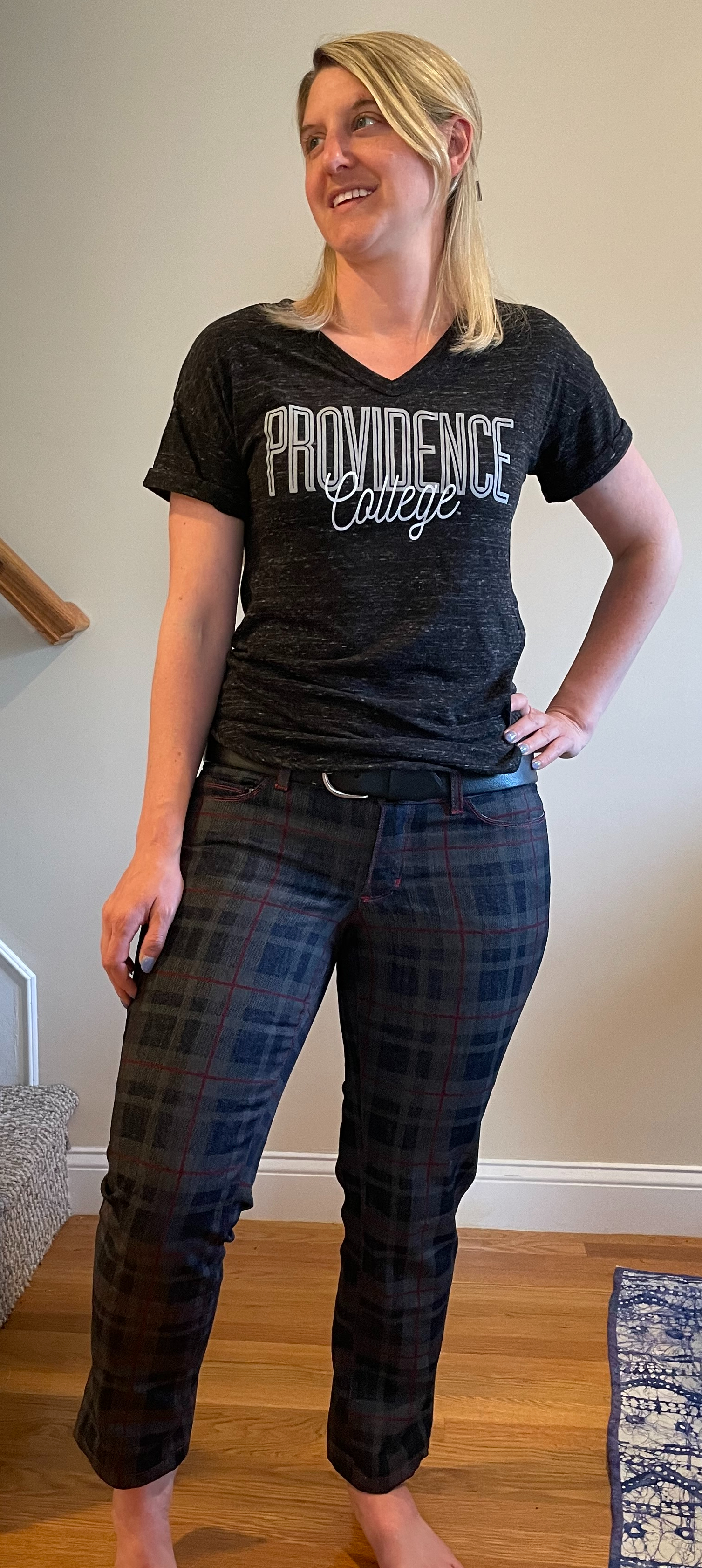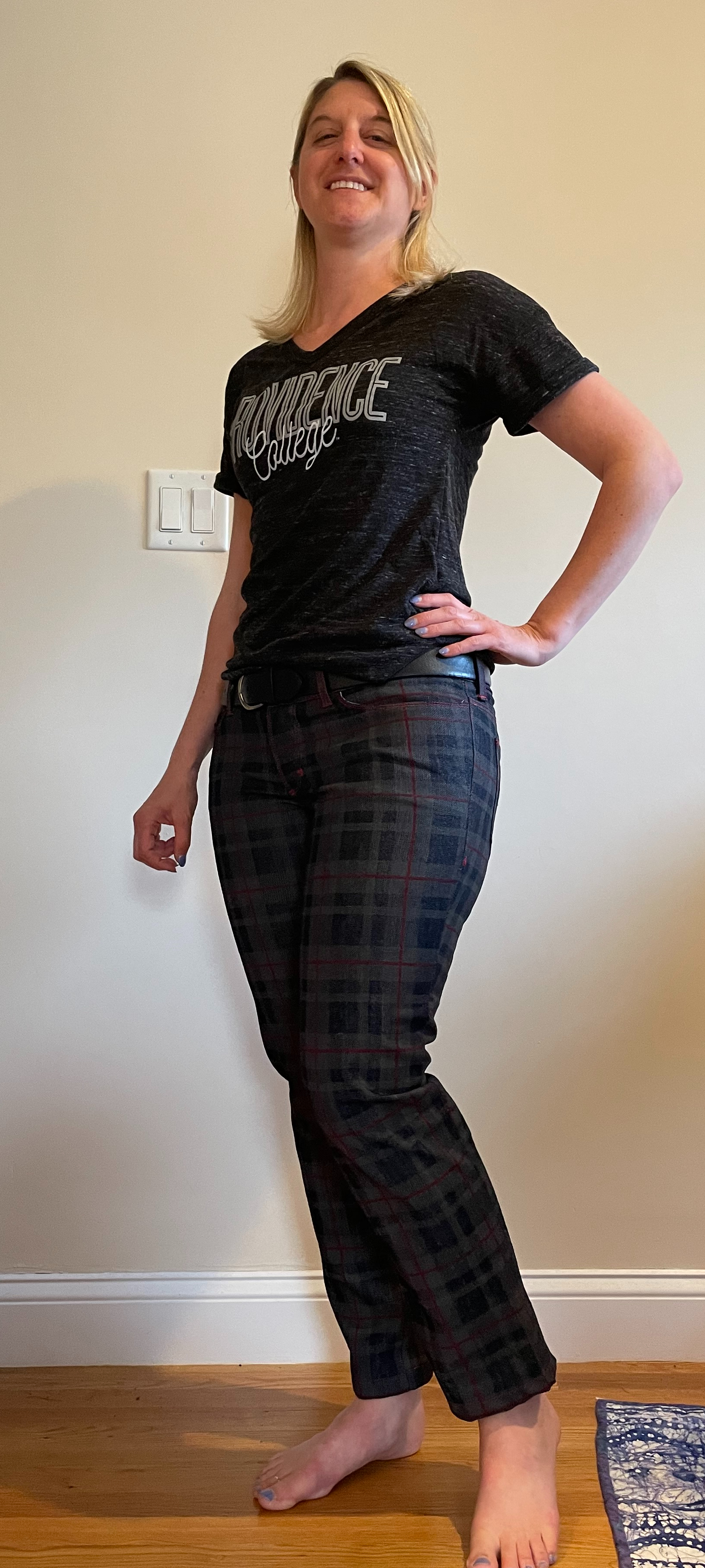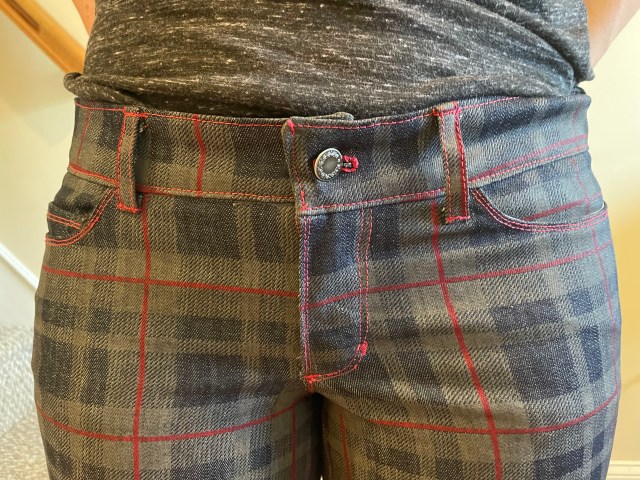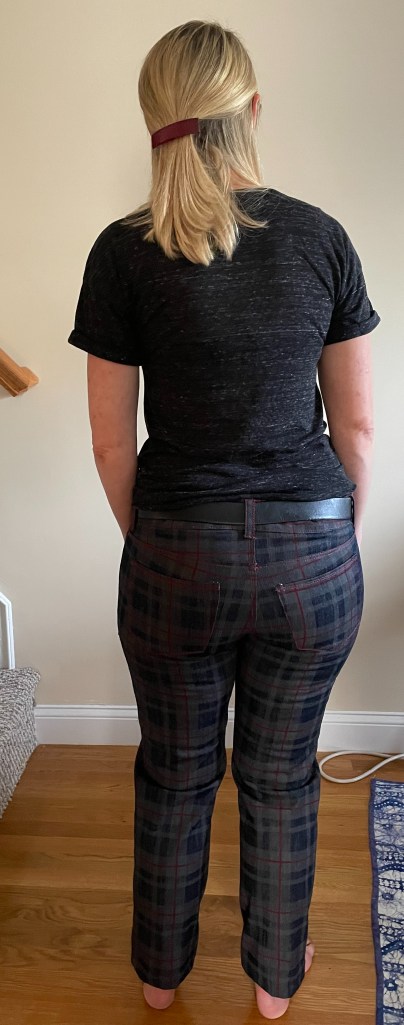Patterns:
- Sewaholic Pacific Leggings
- Fehr Trade PB Jam Leggings
I can’t believe it, but I’ve written 100 blog entries for this blog! It’s been such a sporadic journey as I try to write about my sewing. I have good intentions that never seem to carry out as work and life always get in the way. And I’ve also done nothing to promote myself and get myself out into the sewing blogging community. I am even worse at keeping up with my favorite blogs. My reading has dropped off more than my writing. But I have slowly kept at this somewhat, even though I’m pretty much writing to an empty audience (by my fault of course). My take two project have been going slowly, but 2022 is coming to a close and there were a few project ideas that I will not get to this year. In fact, I was hoping this month to write about my second attempt at a skirt, but I haven’t had much motivation to finish it and I’ve been moving on it a lot slower than I hoped. As I tried to work up some motivation to just get the darn thing finished, I ended up making some more leggings instead. After my pretty successful attempts earlier this year, there were some other ideas I wanted to try, even though I technically don’t need any more leggings this year.
The first pair was from a pattern I’ve already used, the Sewaholic Pacific leggings. I like the different panels on these, but I wanted to try to make a shorter version with the zipper in the back. I didn’t include the bottom leg panel and adjusted it so it was the length I wanted. I think maybe next time, I may have to keep all the panels and just shorten the leg to where I want it. The bottom of these kind of bunch up in a weird way, probably because it’s not designed to be the bottom. I think I didn’t quite taper the bottom correctly to create the right hem.
They are not bad though, and I did some topstitching on the legs using a kind of flatlock stitch, which I like. I also added some holes on the inside waistband so I have the option to add a drawstring inside to help with fit. The last pair I made felt a bit loose and I’ve had to hike them up when I run sometimes. This will hopeful secure them, I just need to find a good drawstring that will work to insert into them.
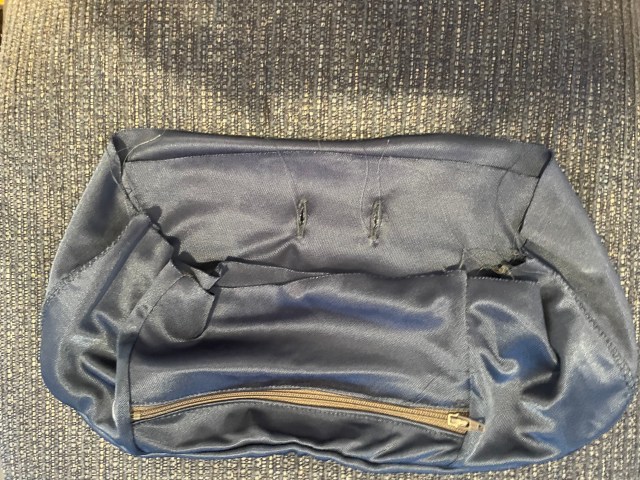
For the other pair, I took a chance on a new-to-me pattern by Fehr Trade, the PB Jam Leggings. I was excited to try this pattern out with this yoga-wear fabric I had bought a while back. It had such cool colors in it and an interesting design, that I thought it would be great with some color blocking. I needed to find a solid color that would work, so I settled on this navy blue lycra spandex, which I was actually able to use for a number of other projects as well. This design worked perfectly for what I envisioned for this fabric as it had these curved side panels and also a section at the knees.
I think they look pretty nice, especially for a first time. It was tough lining up the front and back legs so that the side swirl lined up okay. It’s still not perfect, but after basting them 5 different times, I was finally able to get it the best I could.
They are definitely very fitted! I definitely can’t gain any weight any time soon, but hopefully that won’t be too much of an issue, since I’m jumping right back into marathon training. I actually got an invitation to run the Boston Marathon from my running club! I’m so excited and nervous at the same time, but I think if I can focus on my training, I can get good results. And now I have some new pants to train with!
Reflecting on 100 posts, it’s been a pretty great 8 years of sewing. I’ve learned a lot since that first skirt I made back in 2014. I’m not sure I would have known then that I would still be keeping up with making my own wardrobe. But I’m glad to have stuck with it, even if my projects ebb and flow the way they do. I’m hoping to still have a few more posts this year and I definitely have many projects lined up for the winter. Maybe I can even get out there so I can get people to read this blog…well one thing at a time anyways.
Thanks for reading, whoever is out there!

